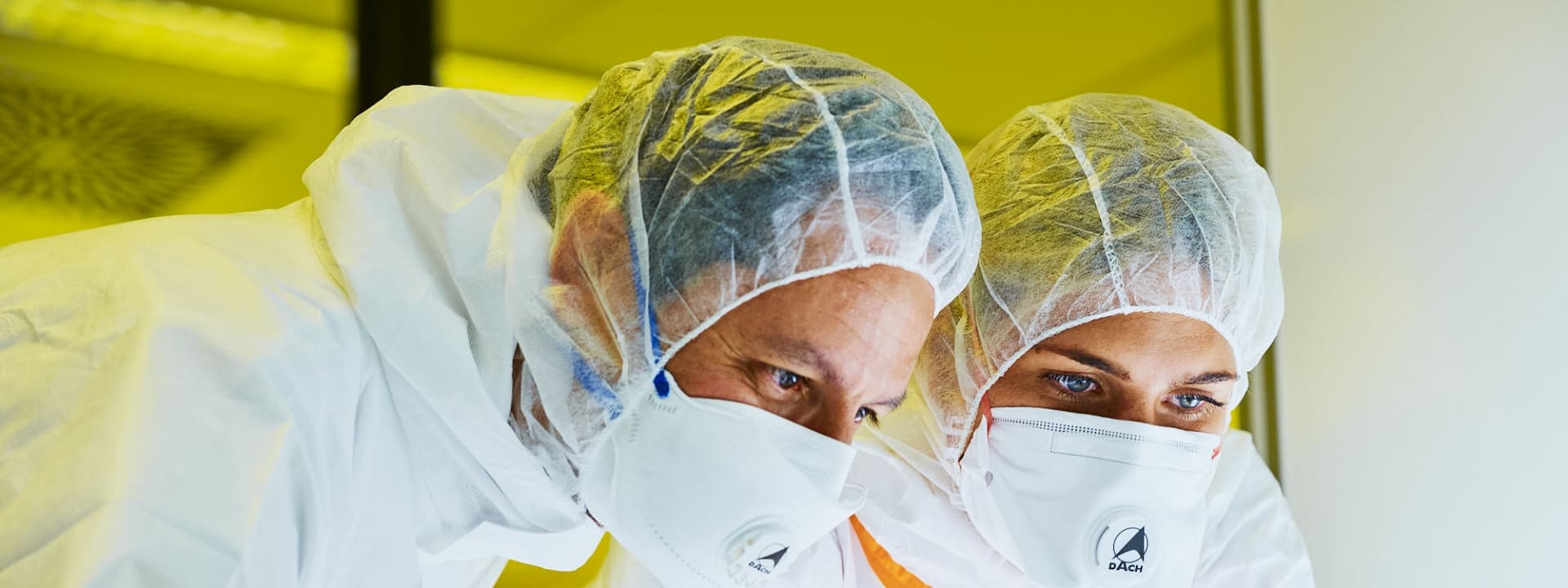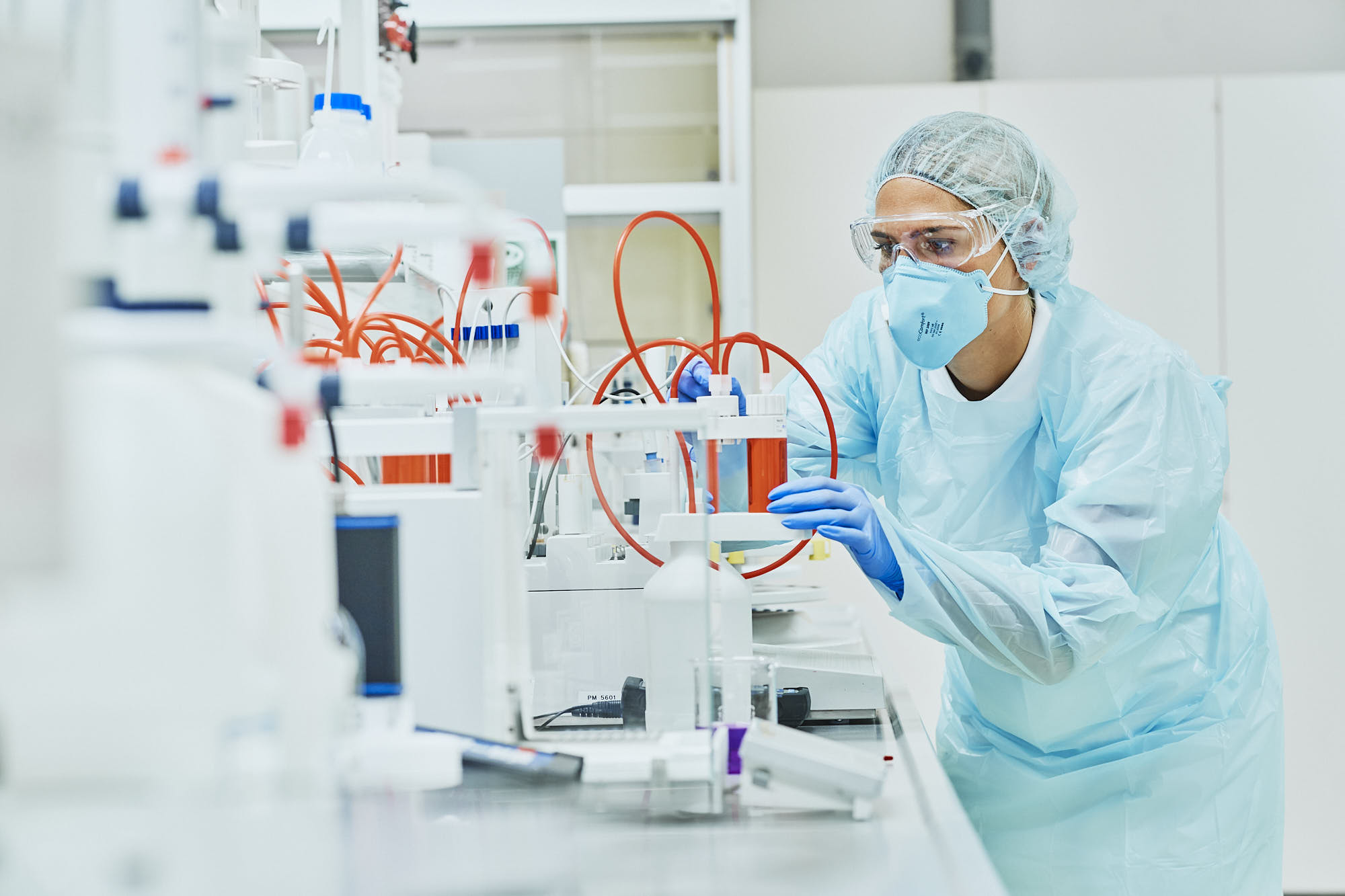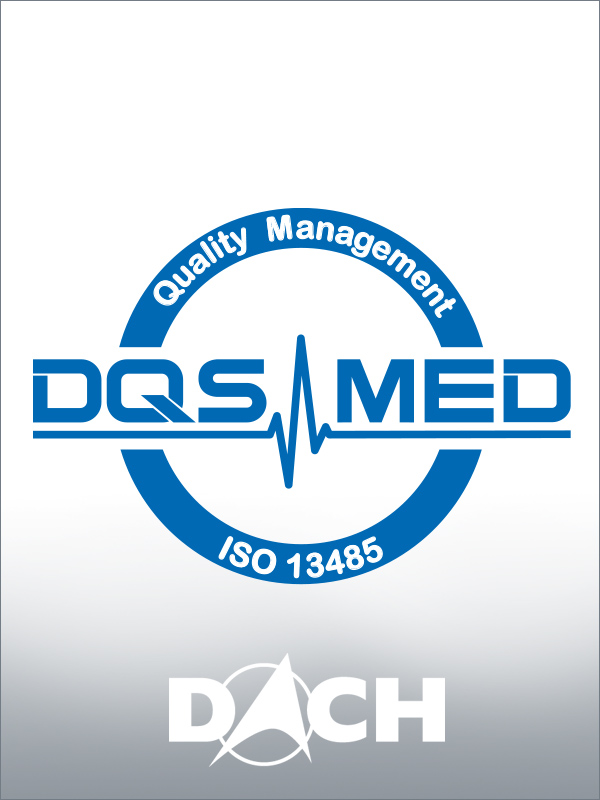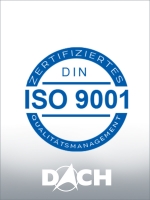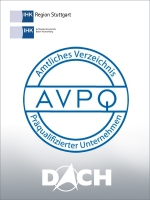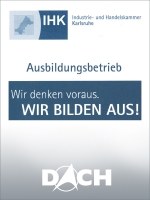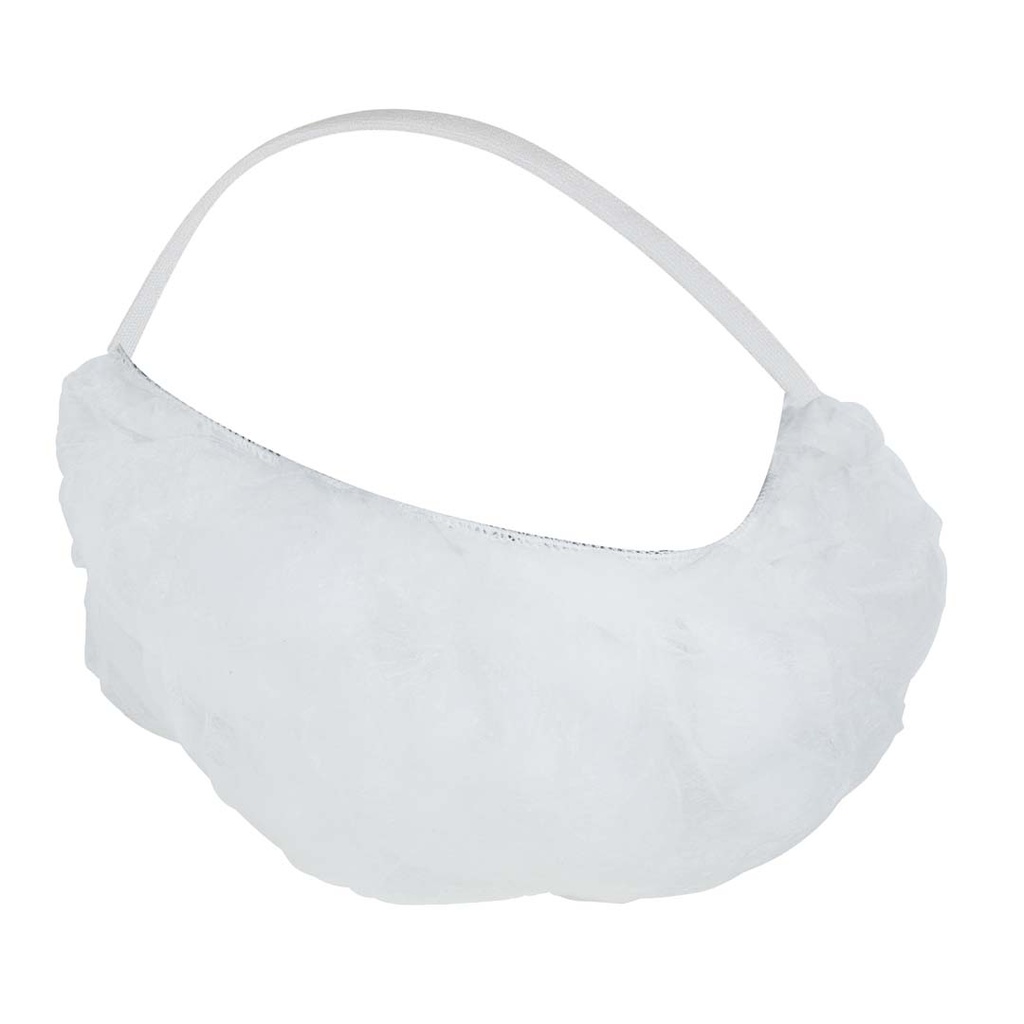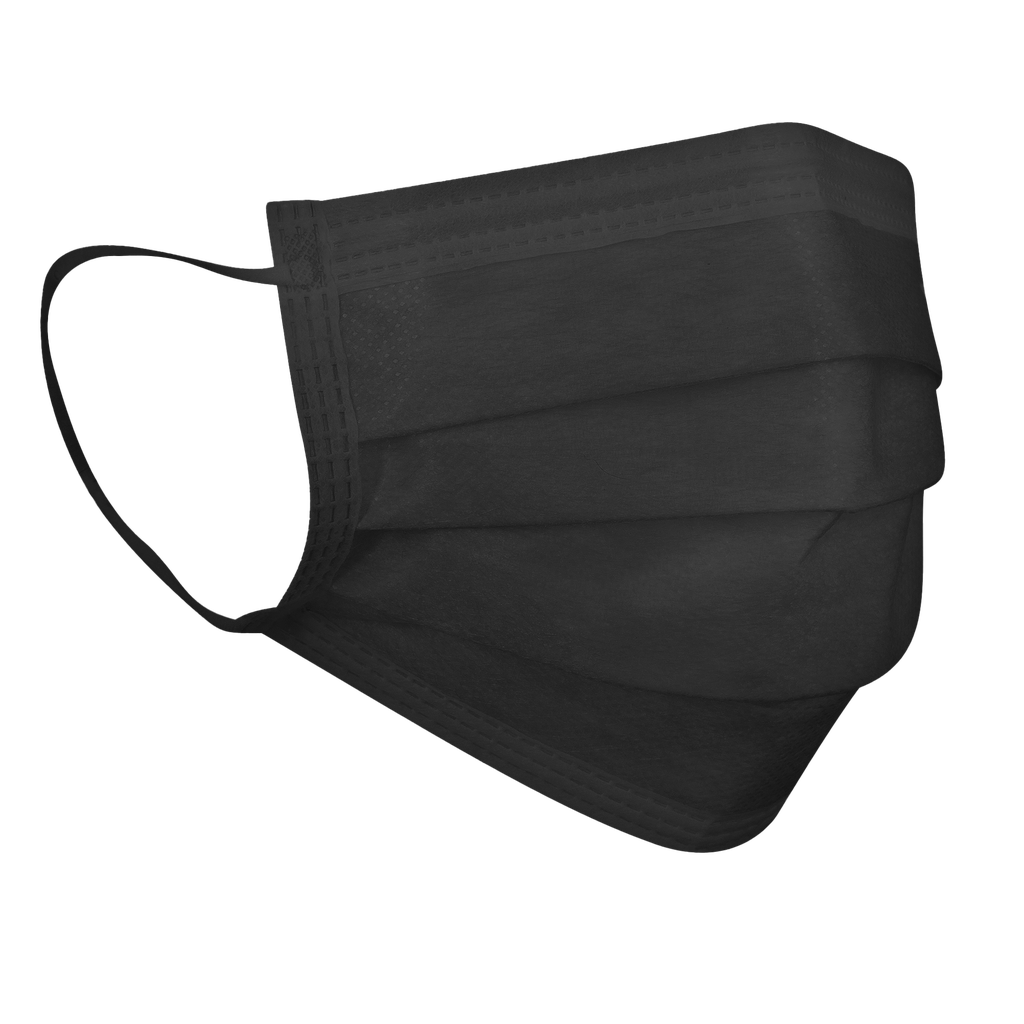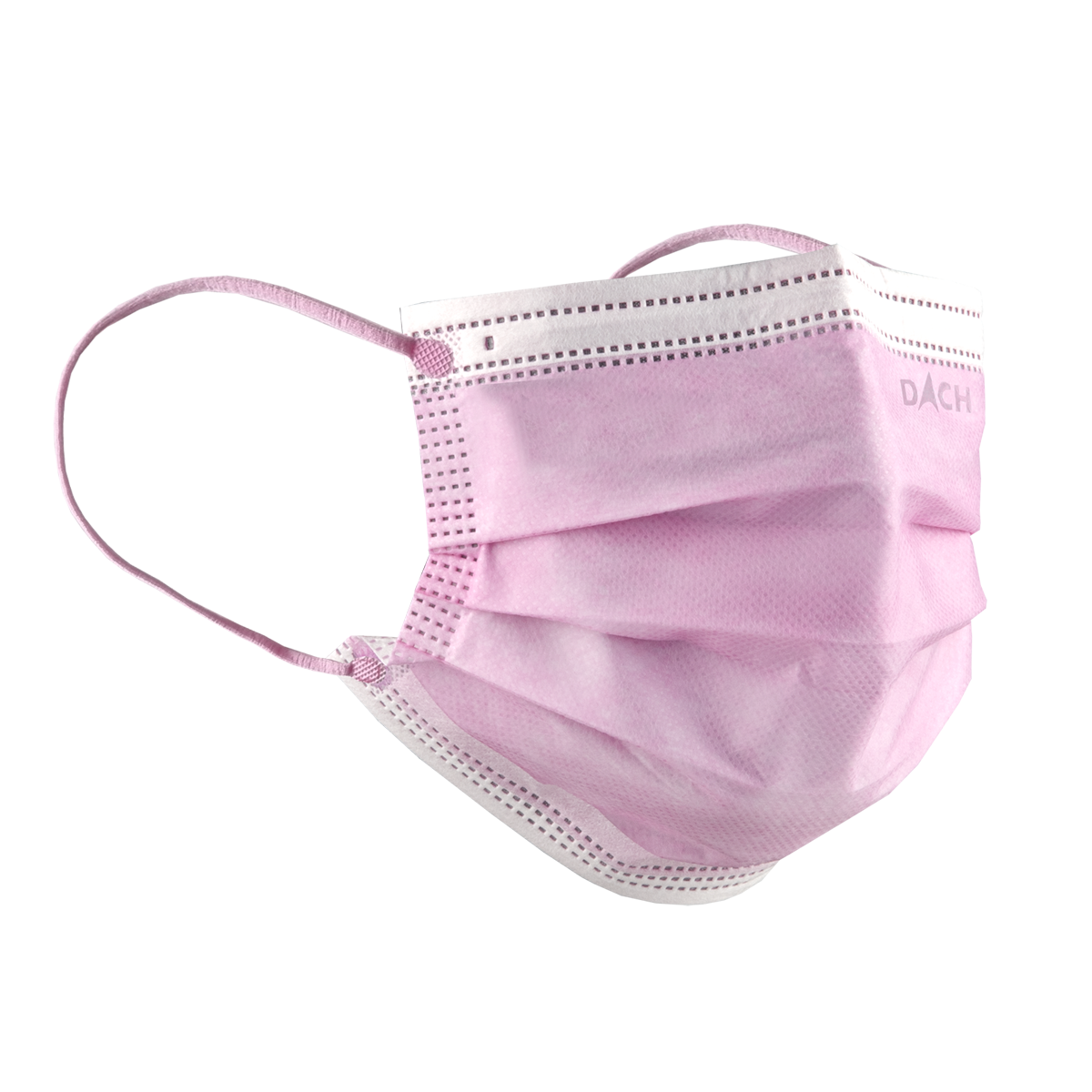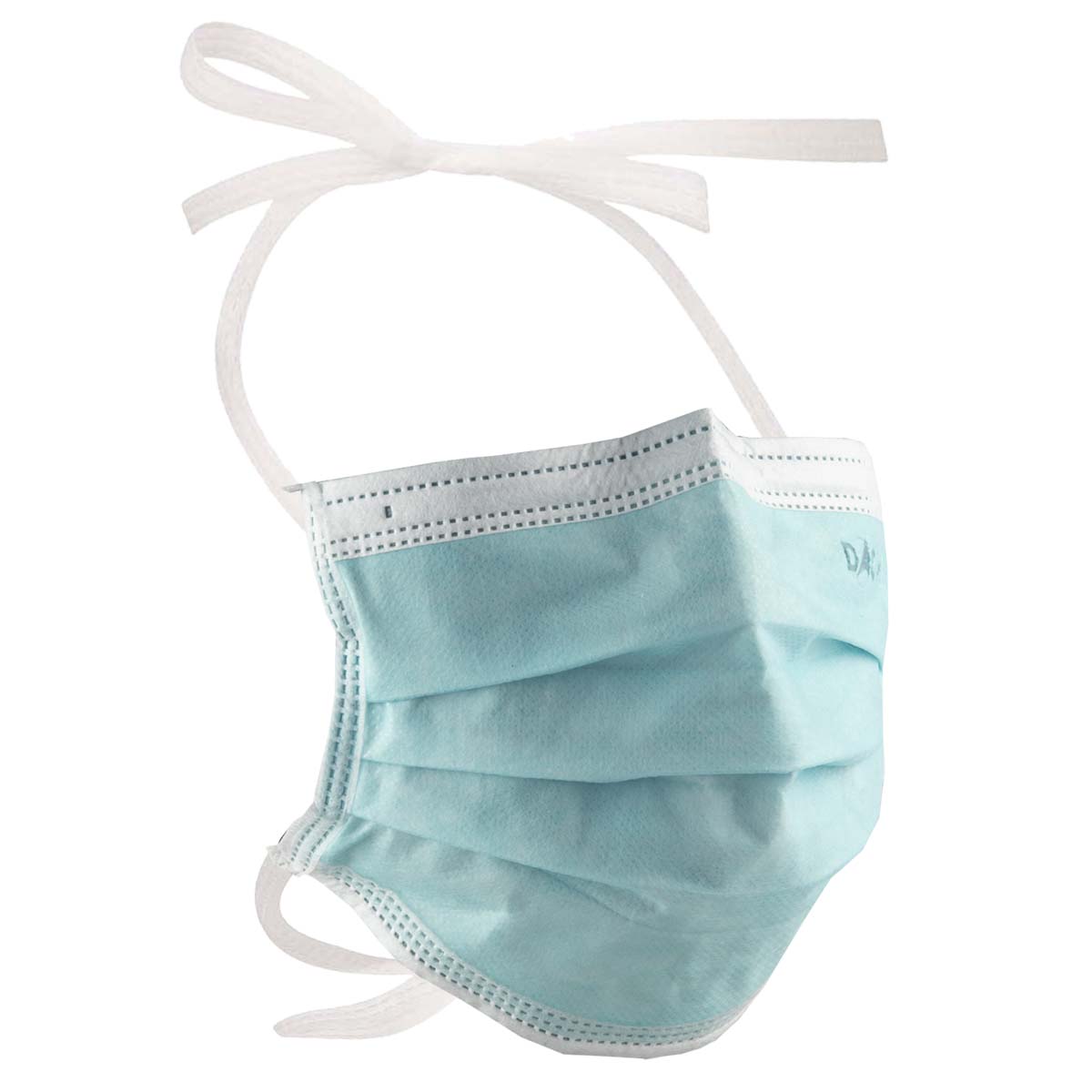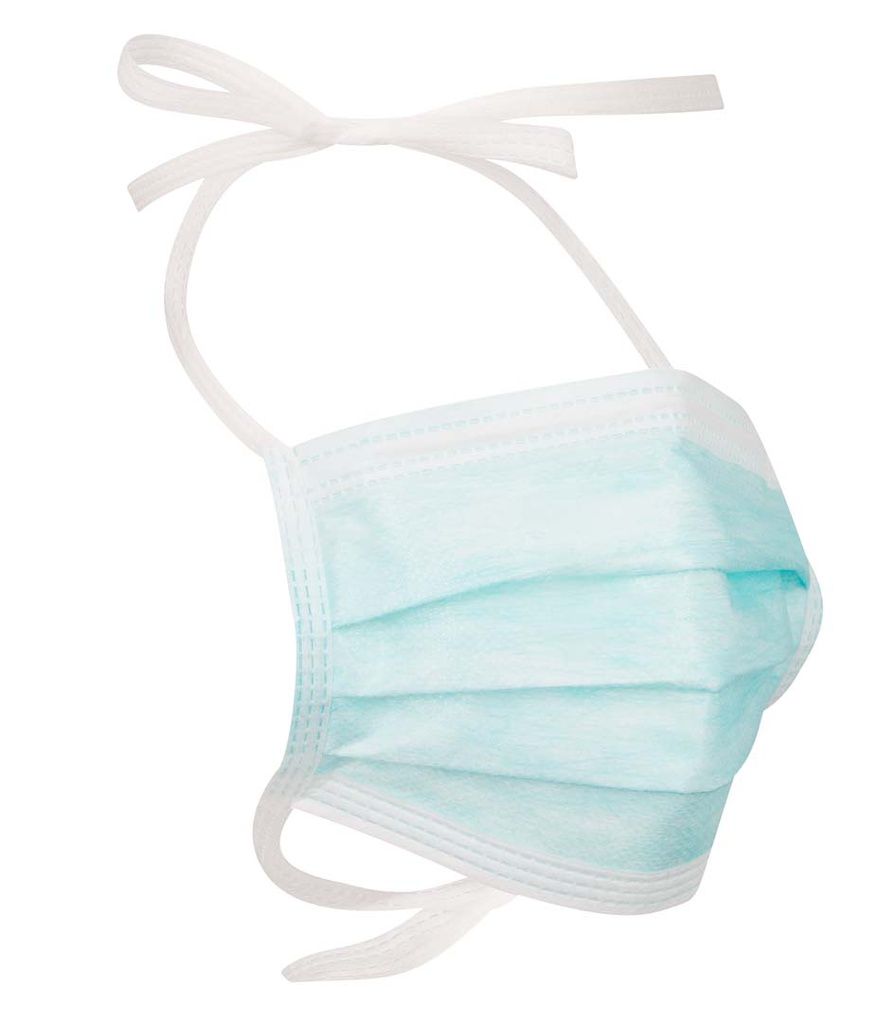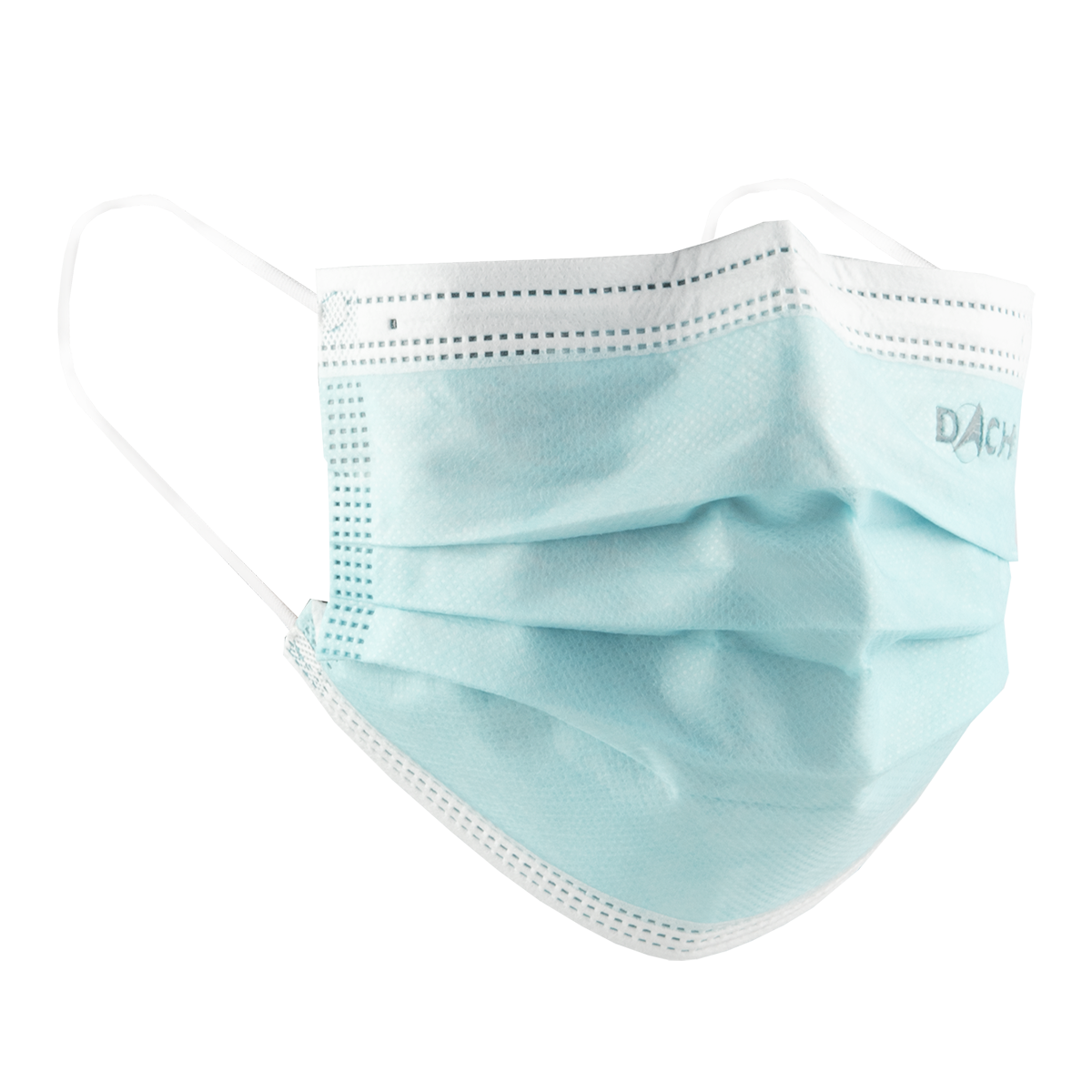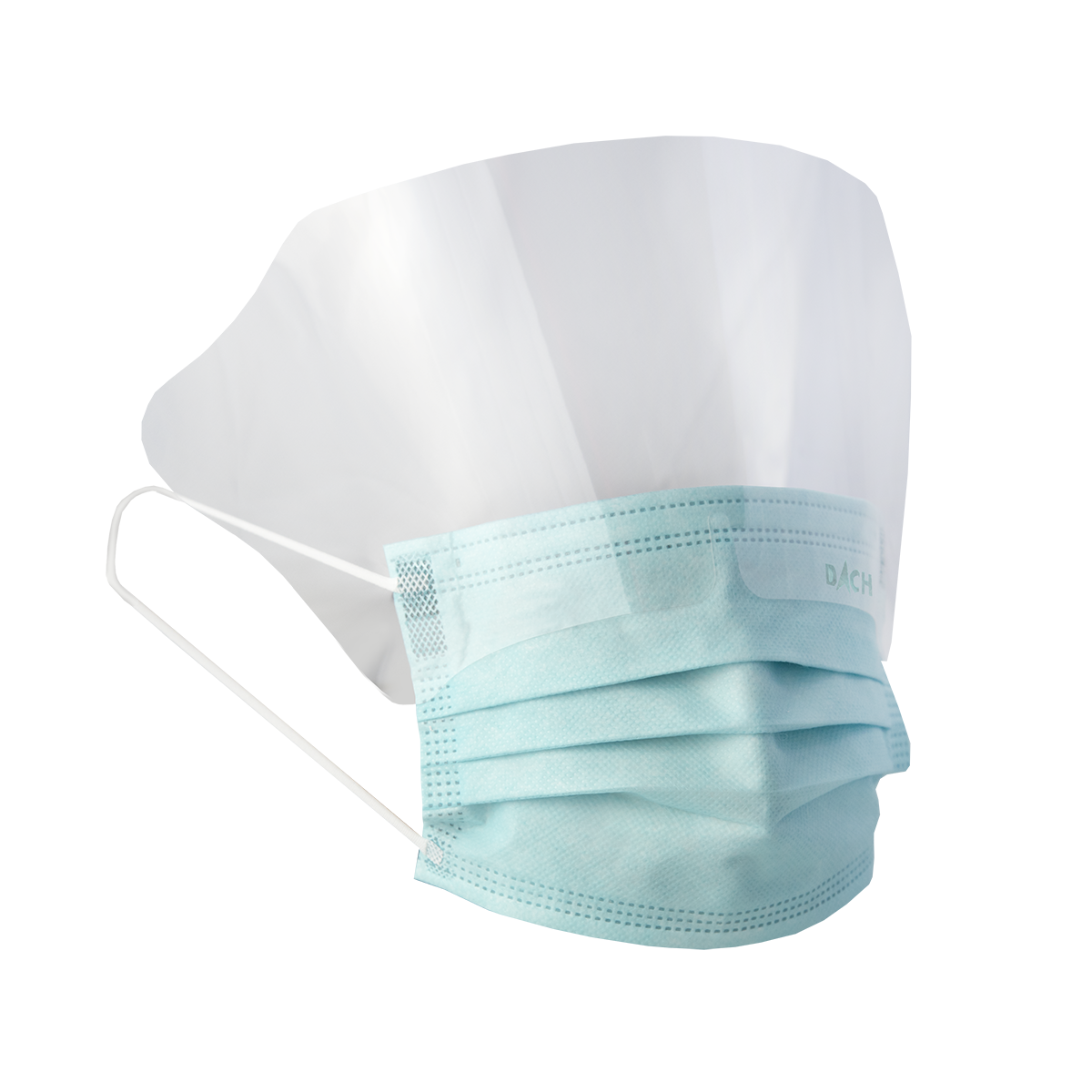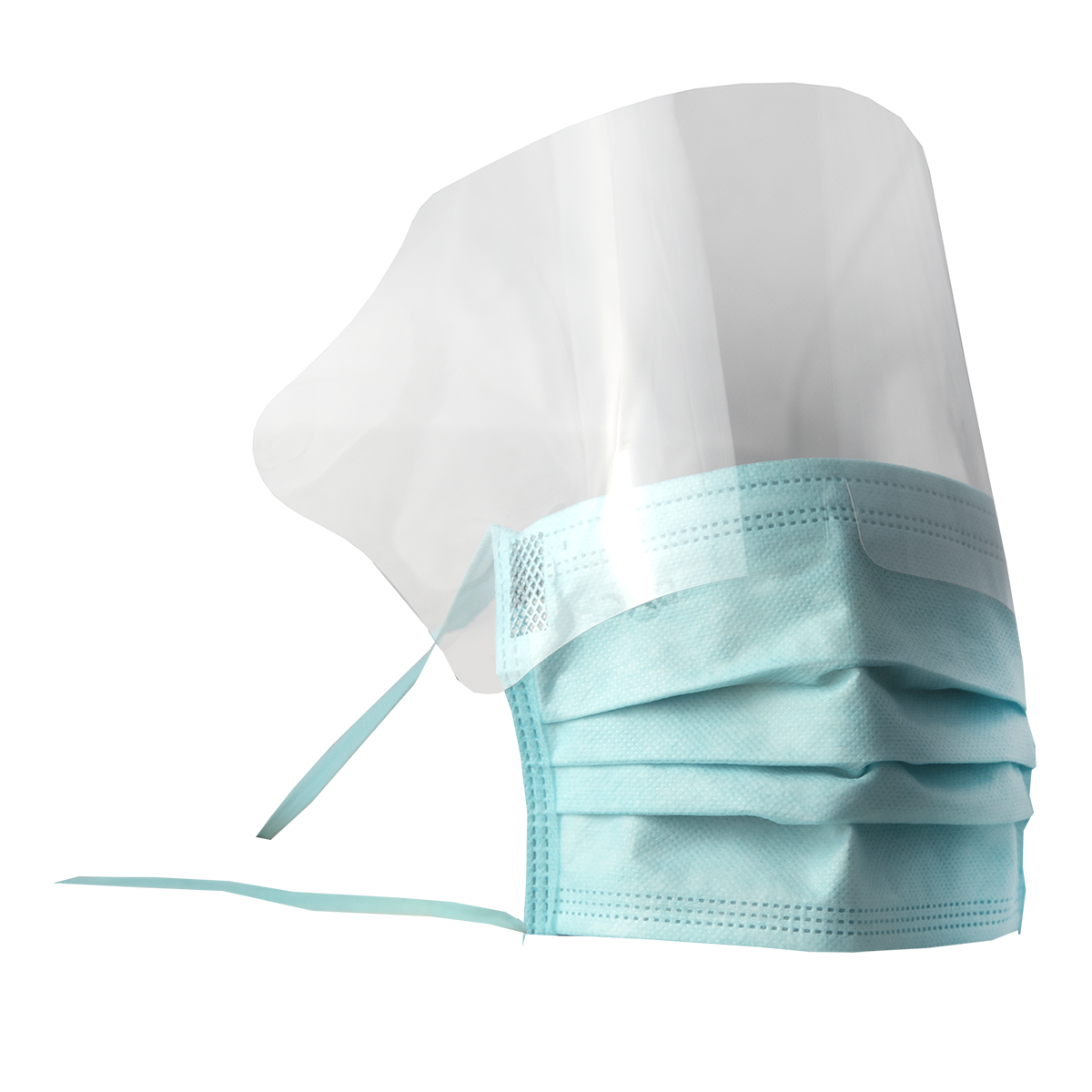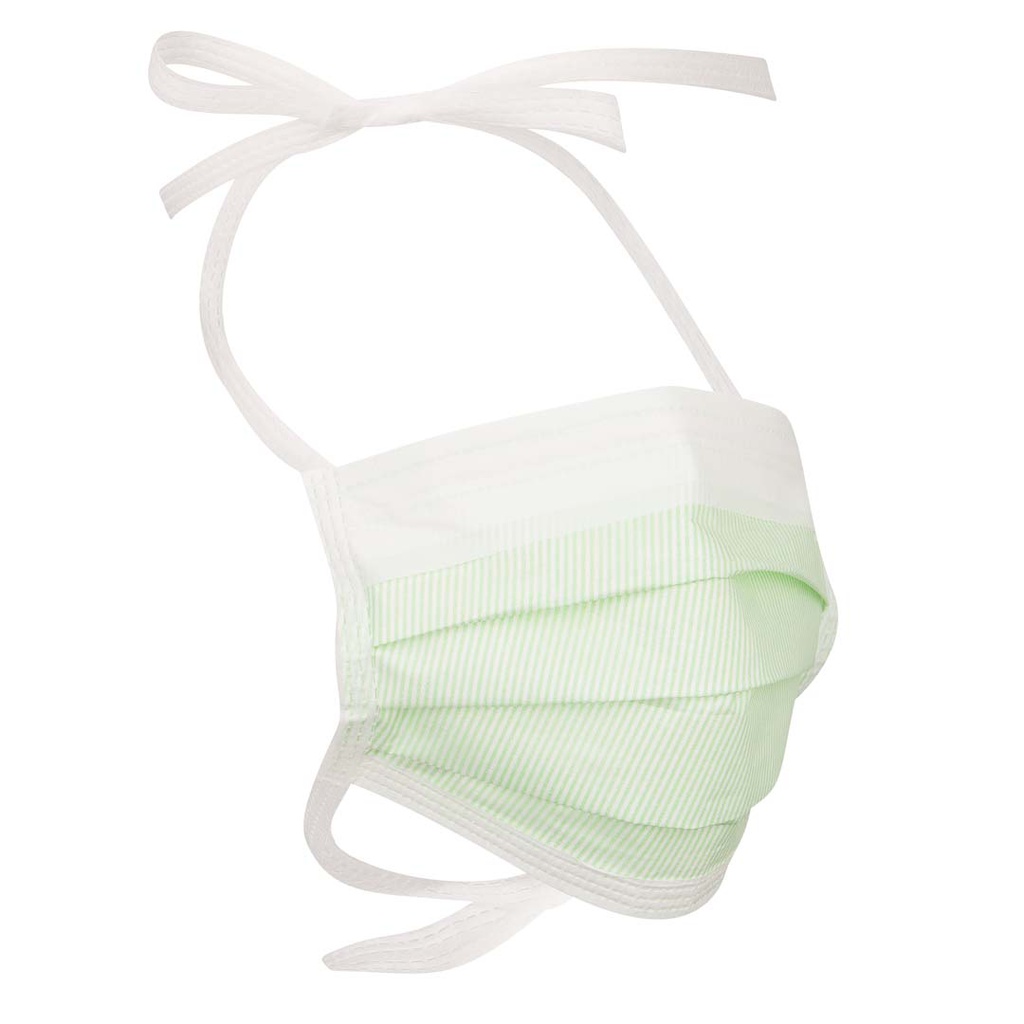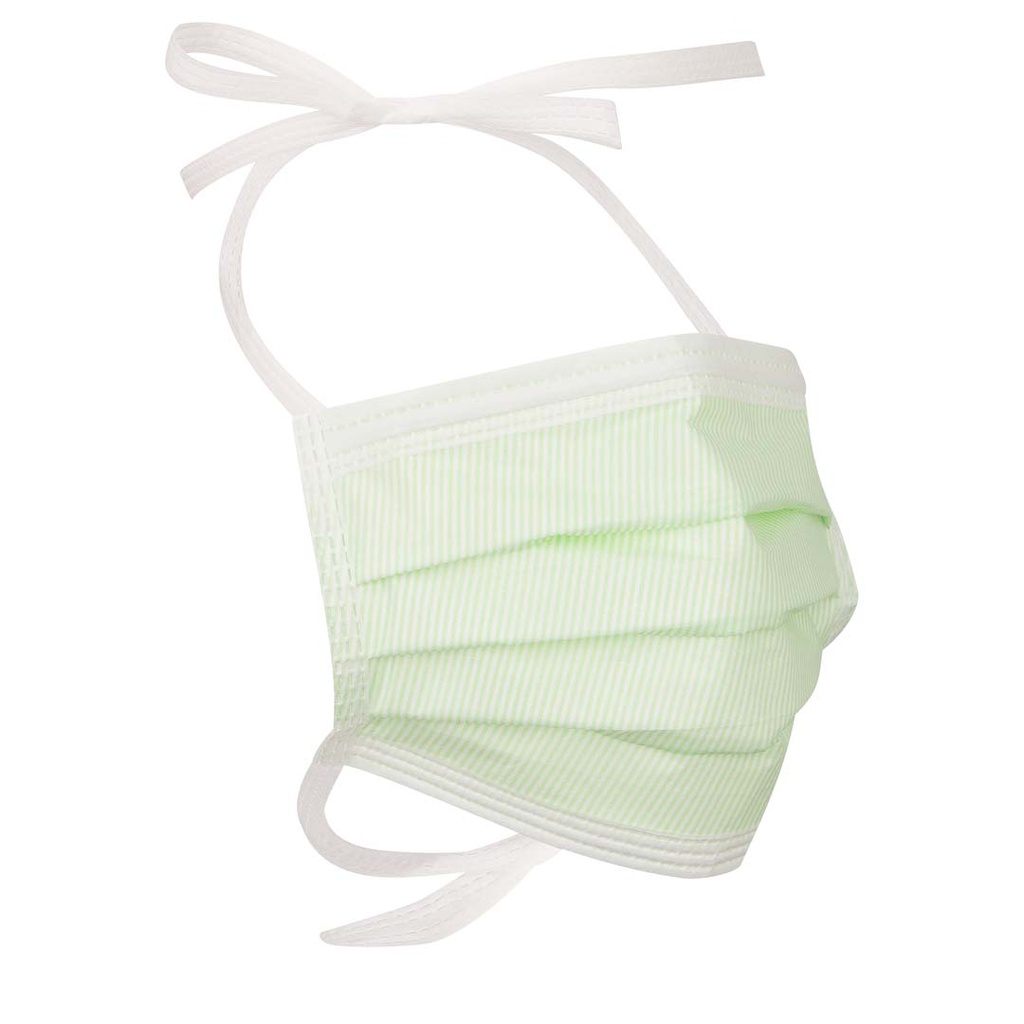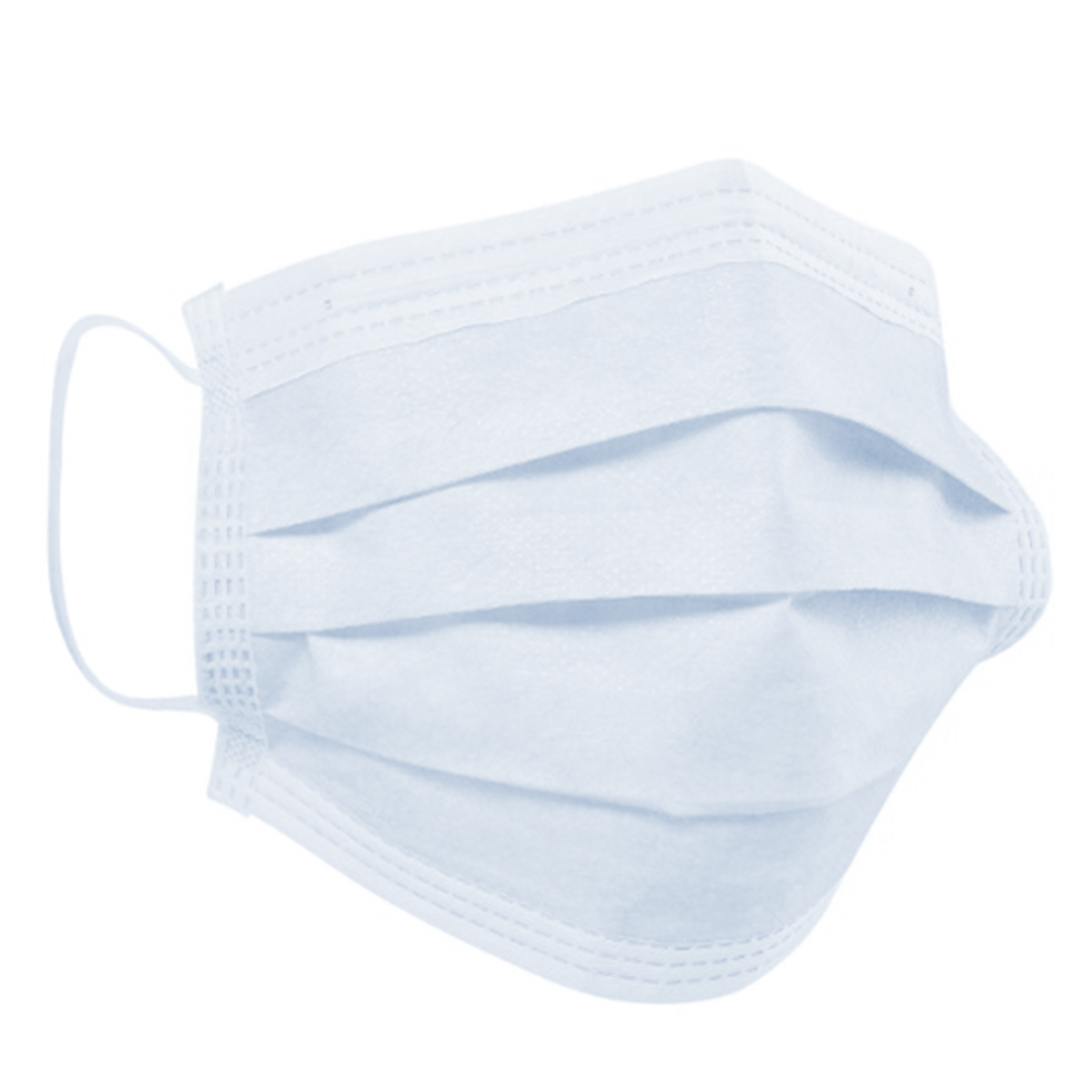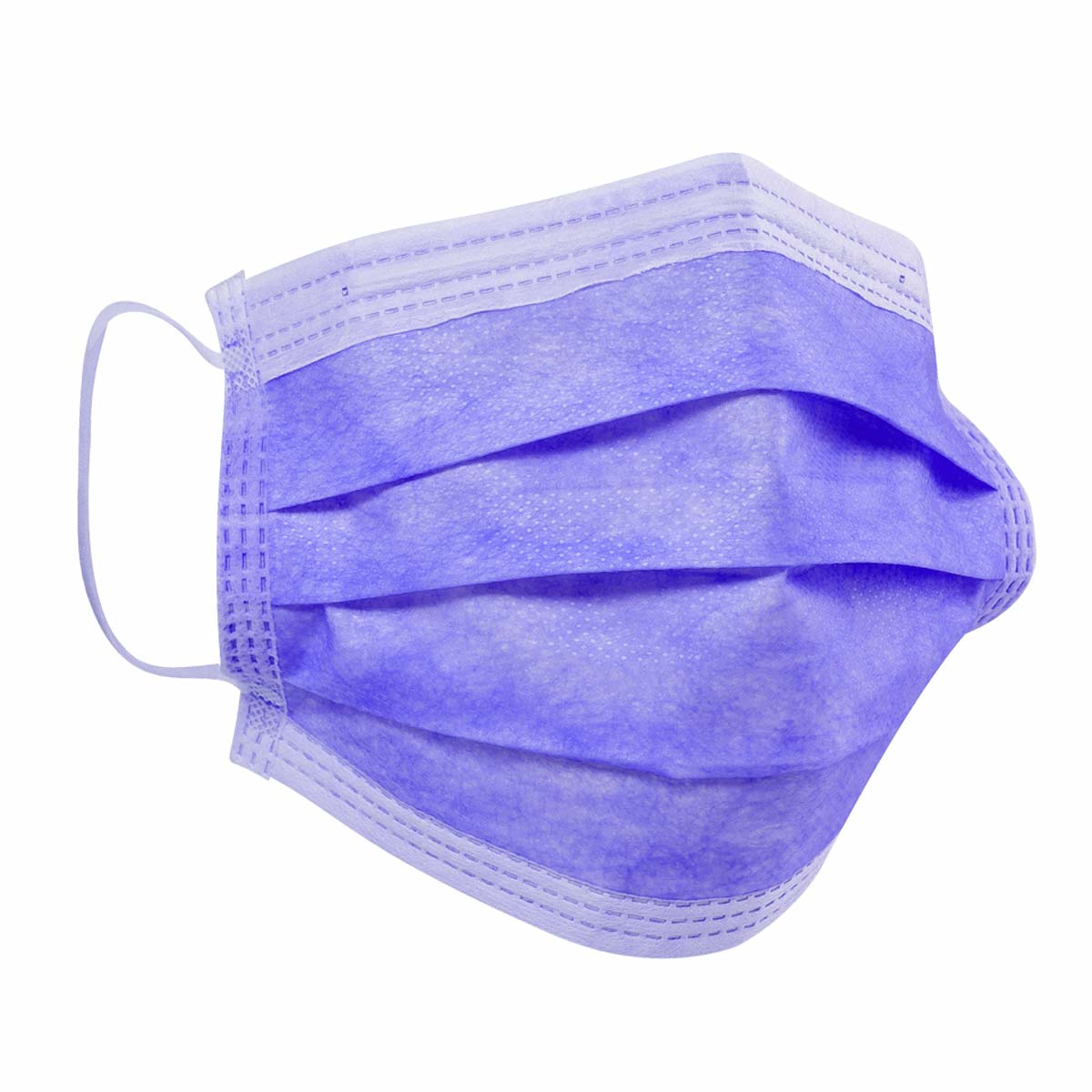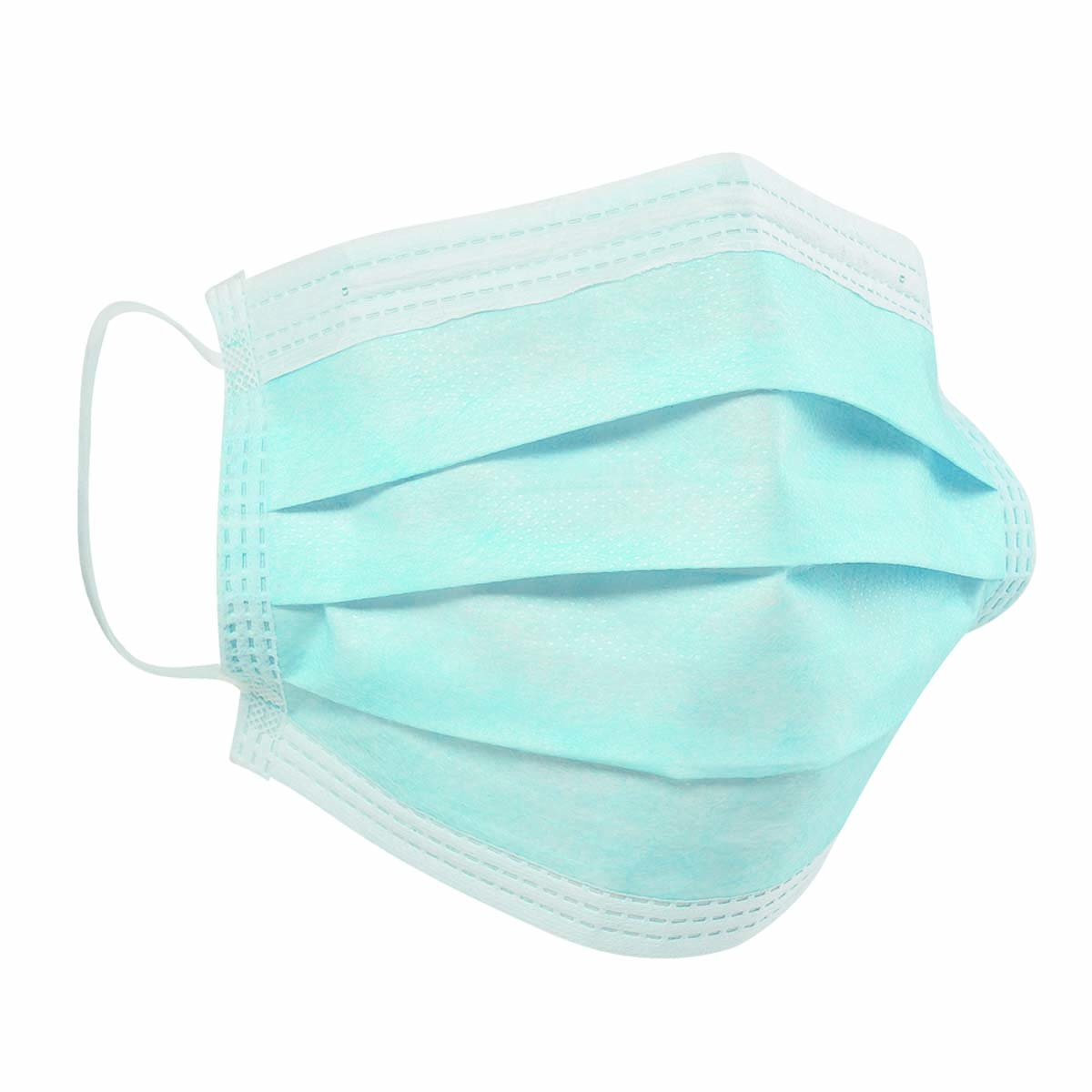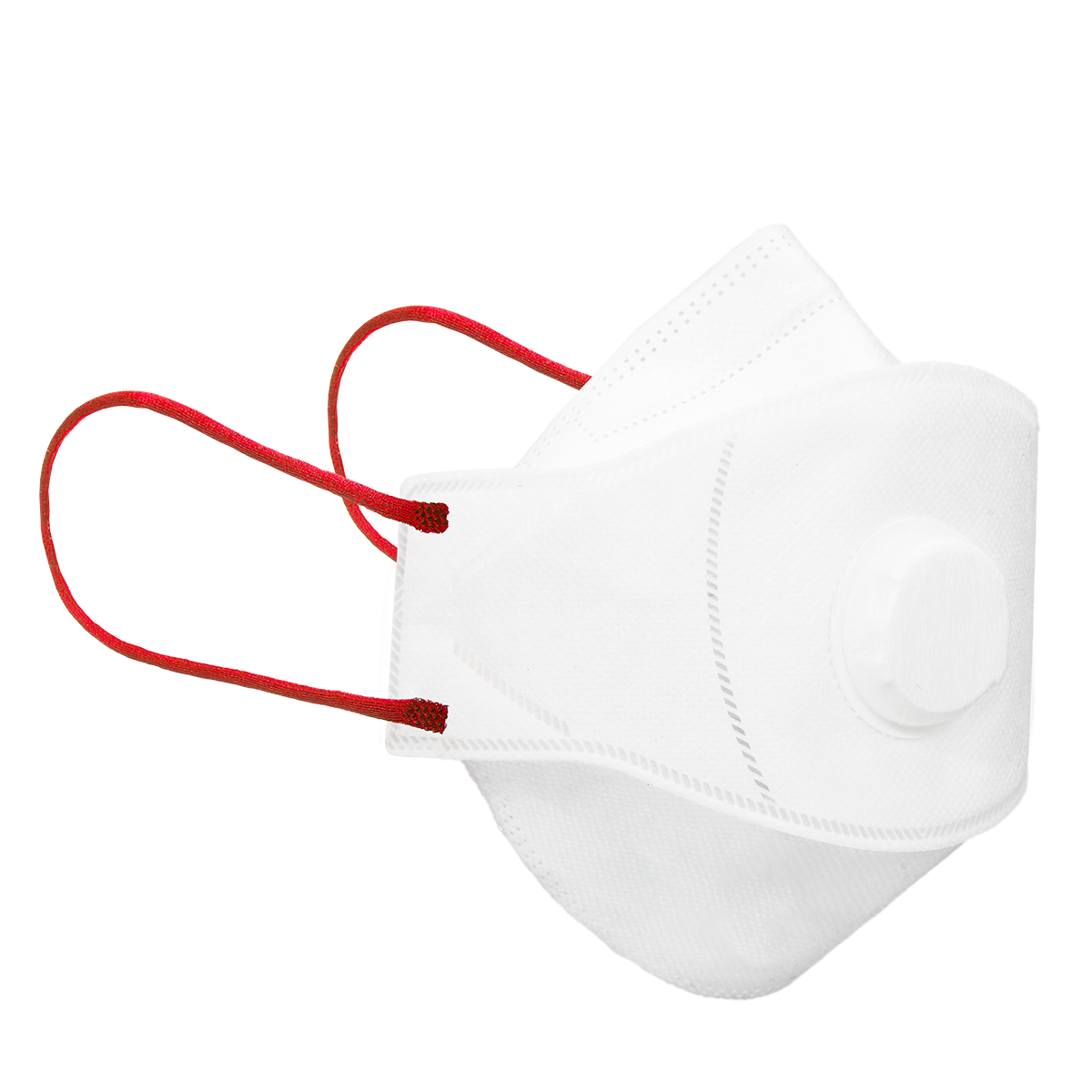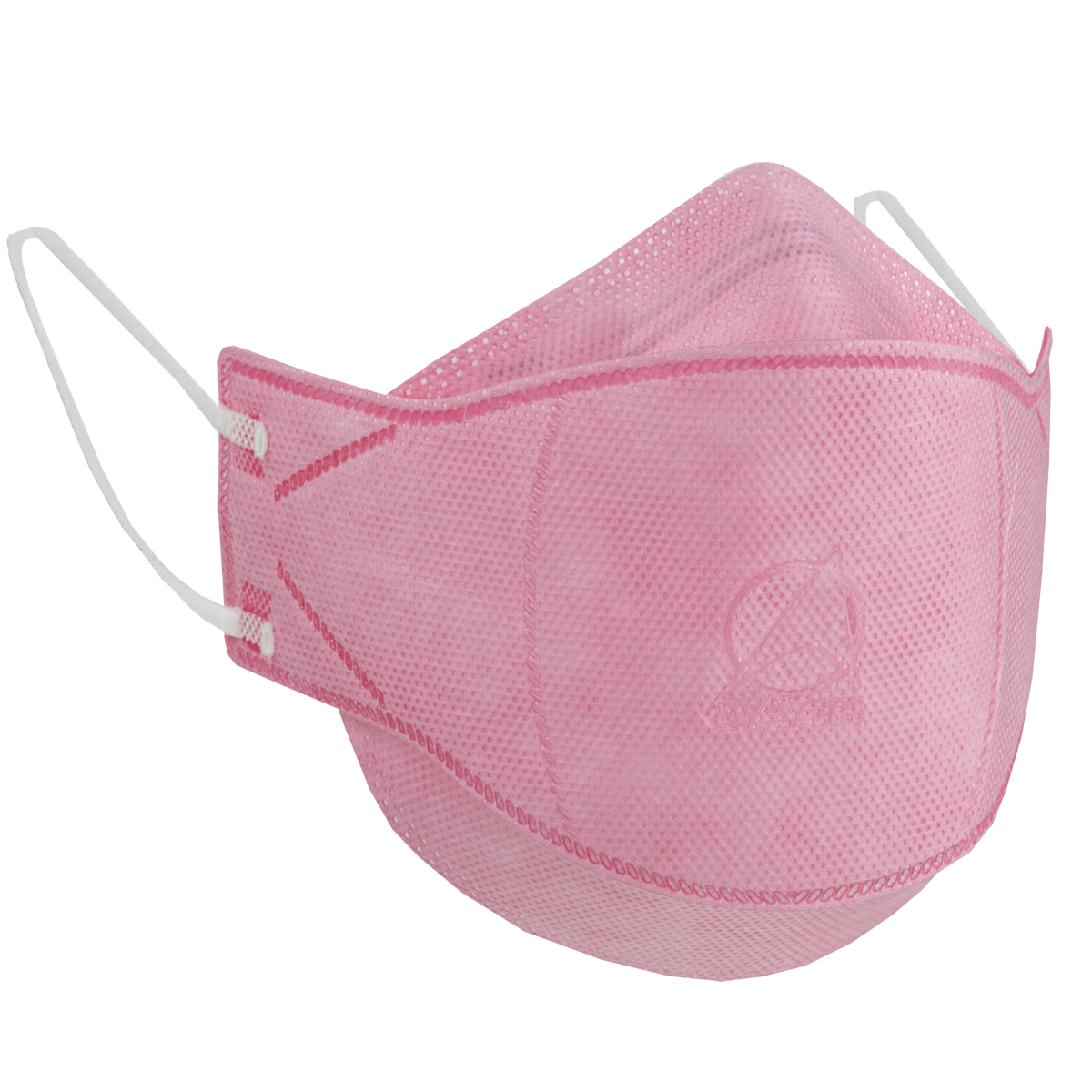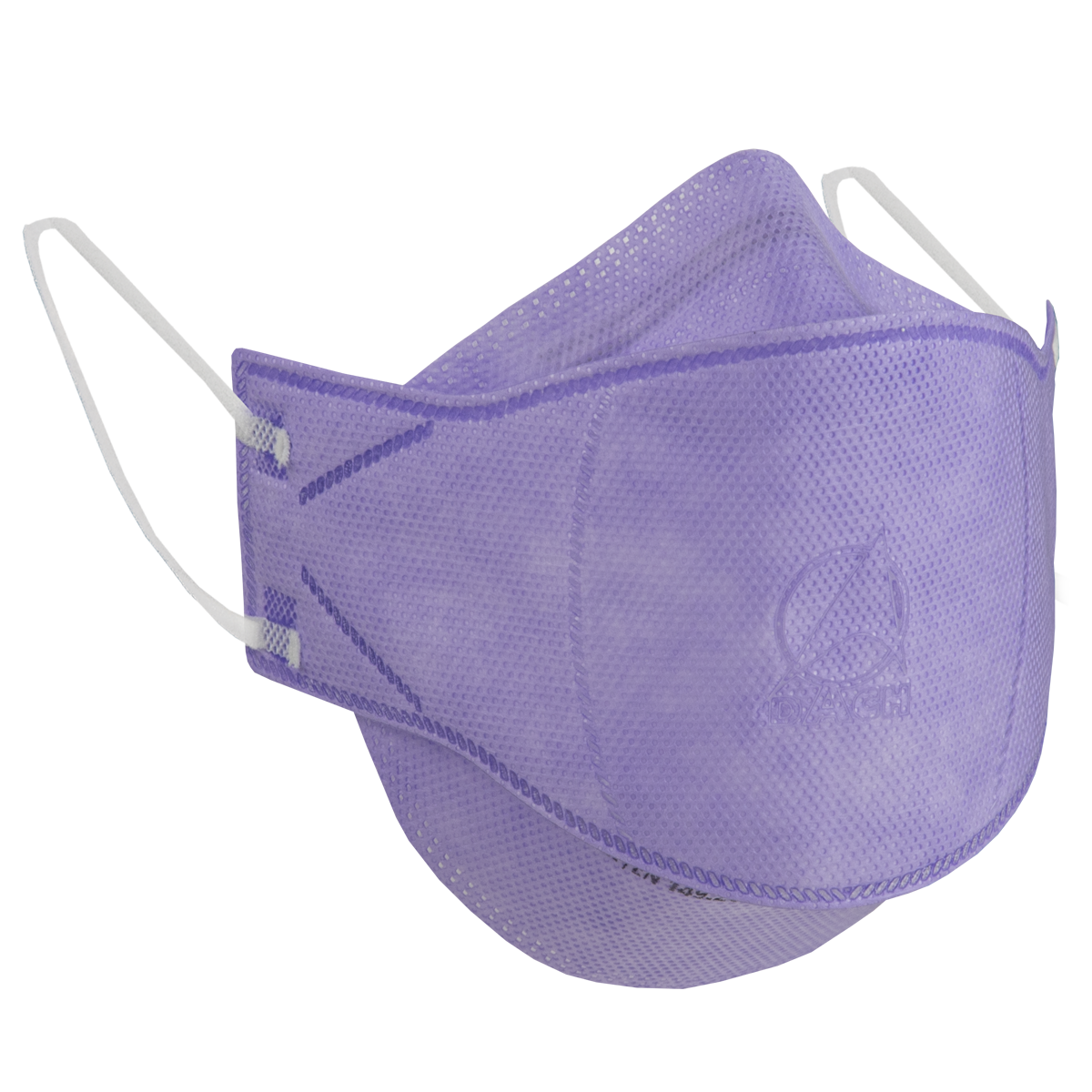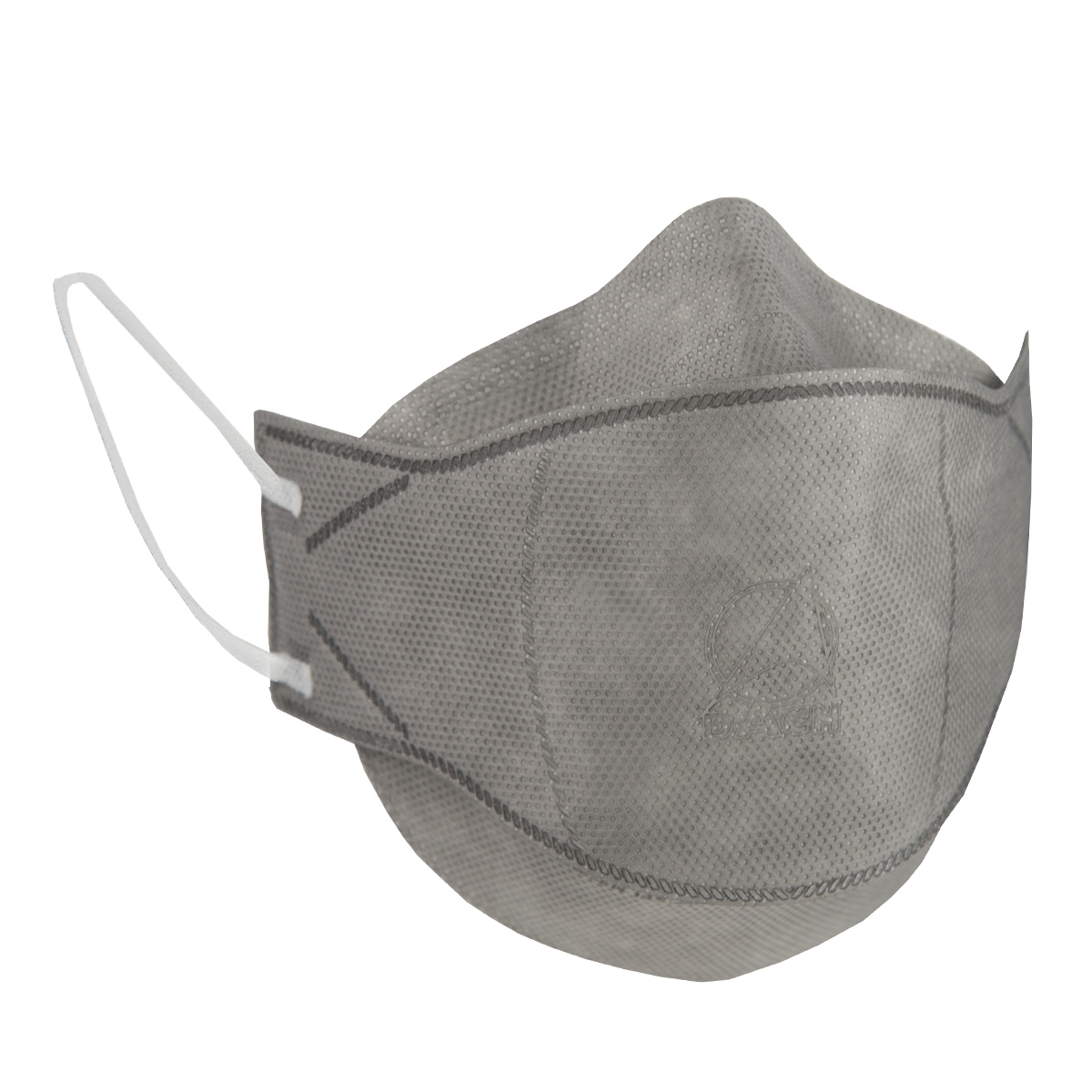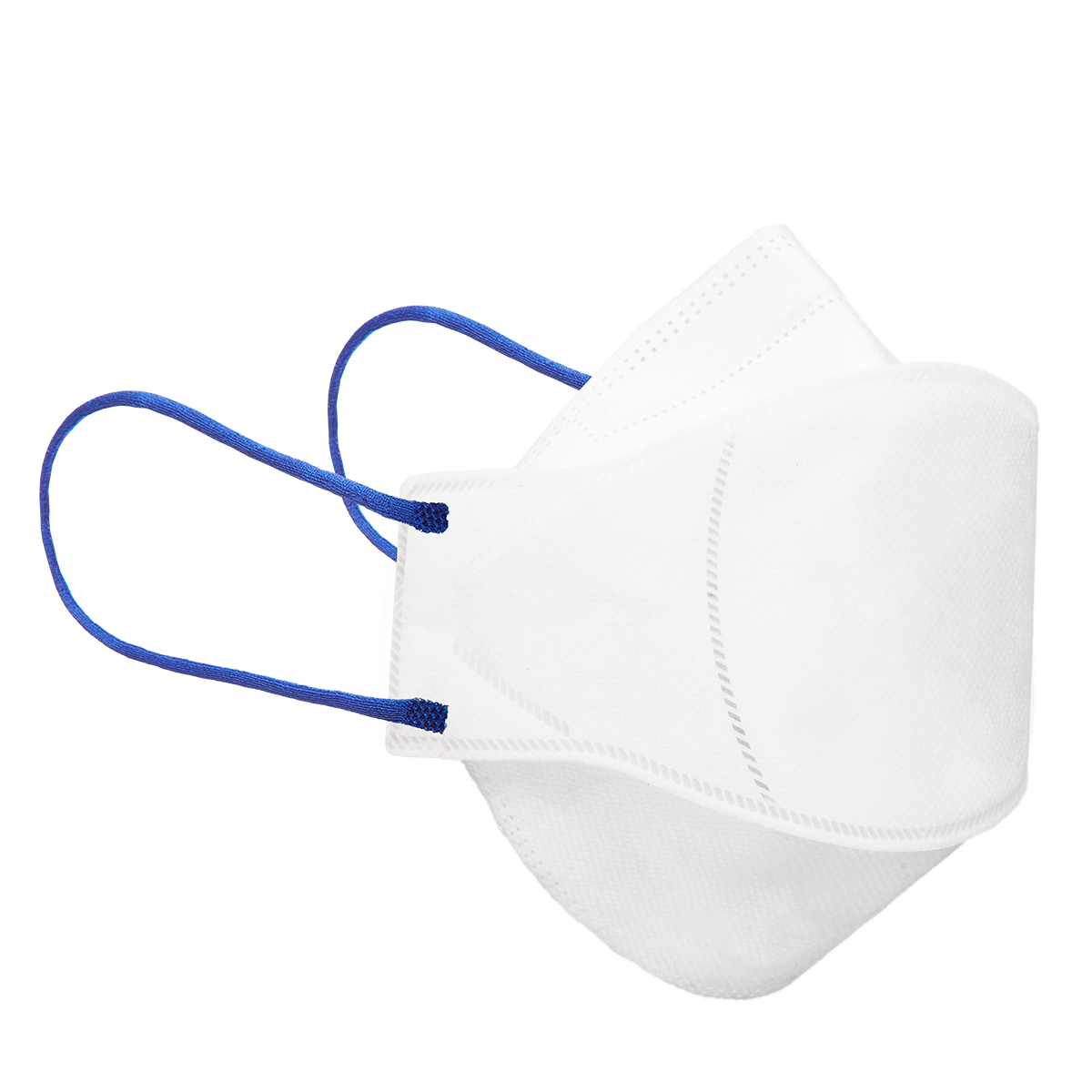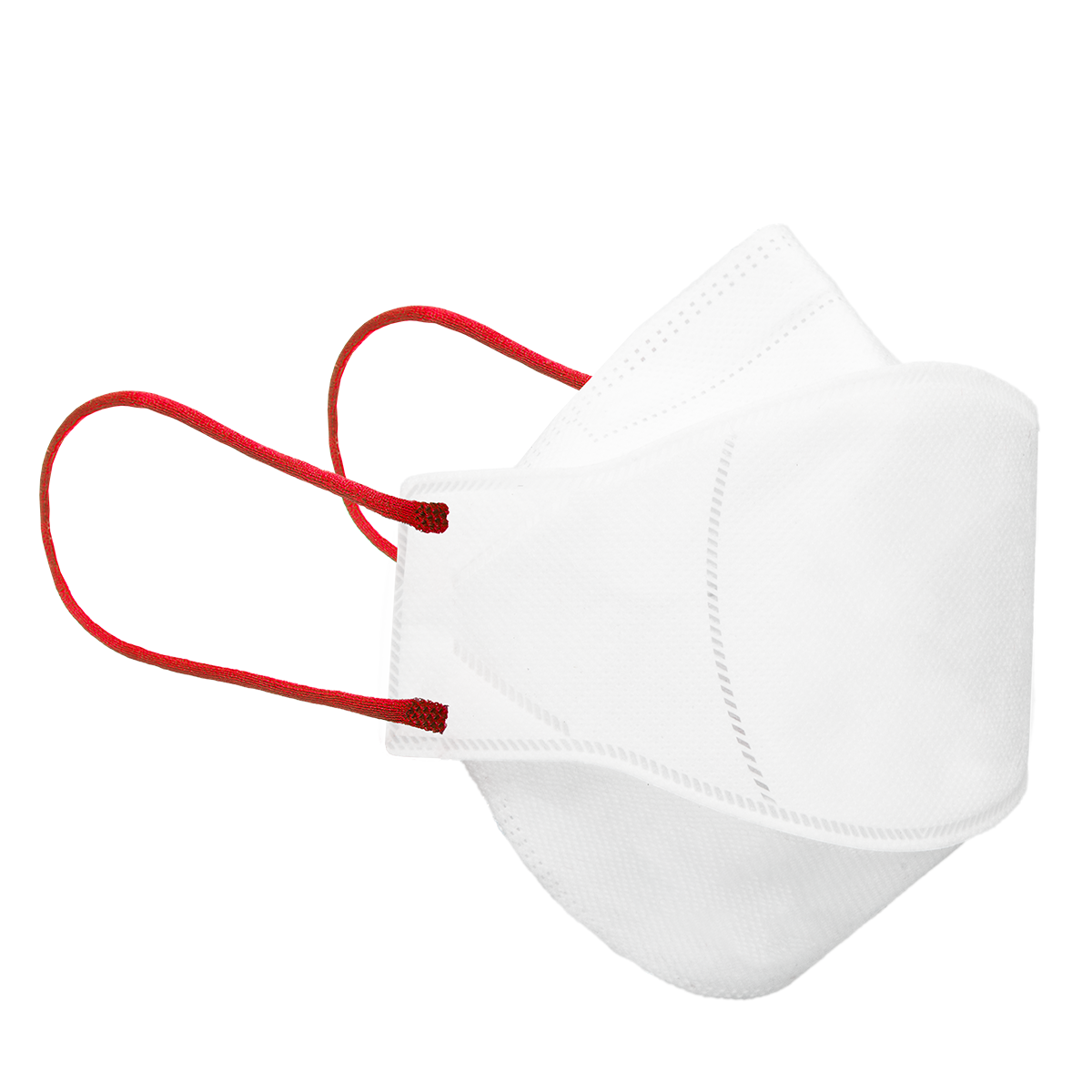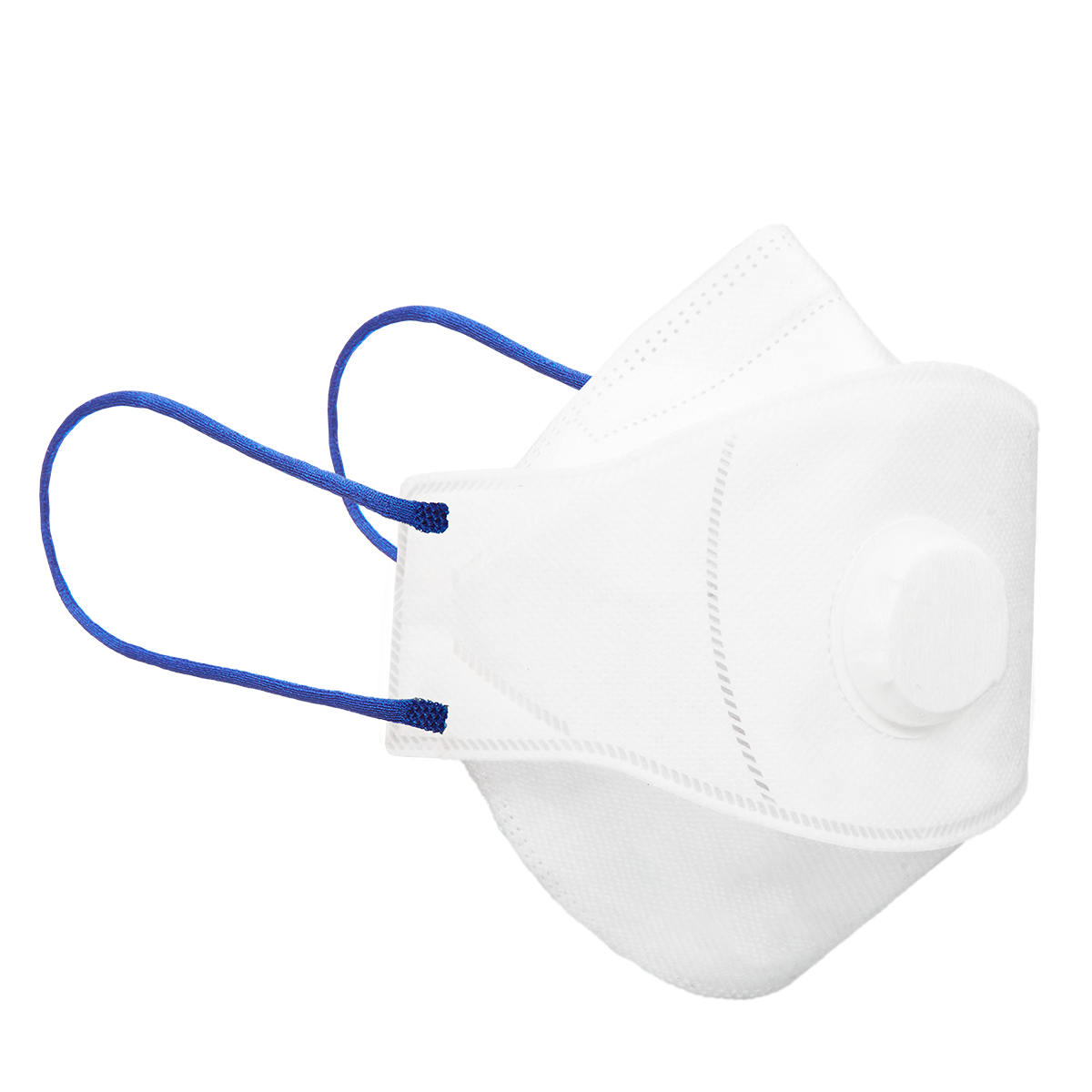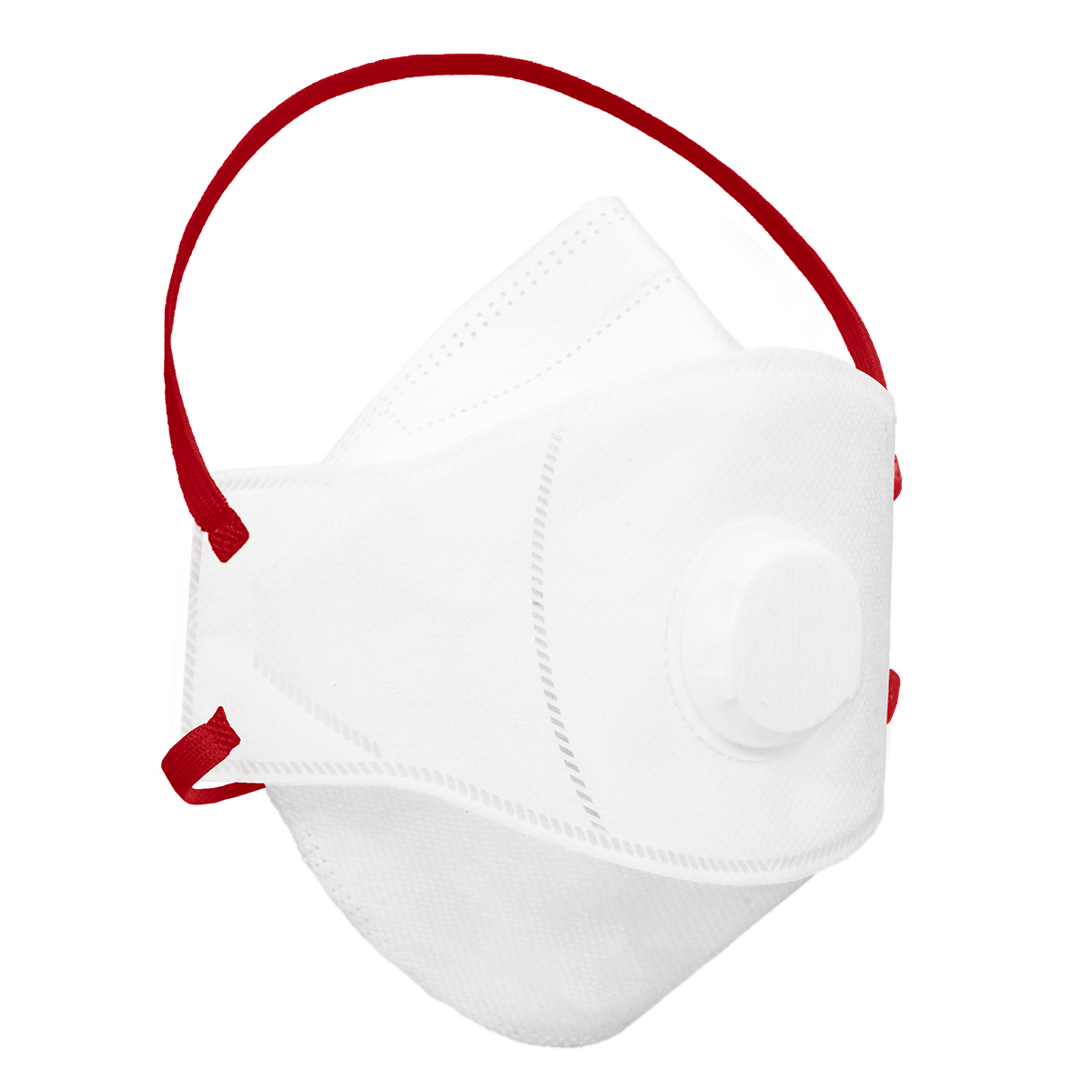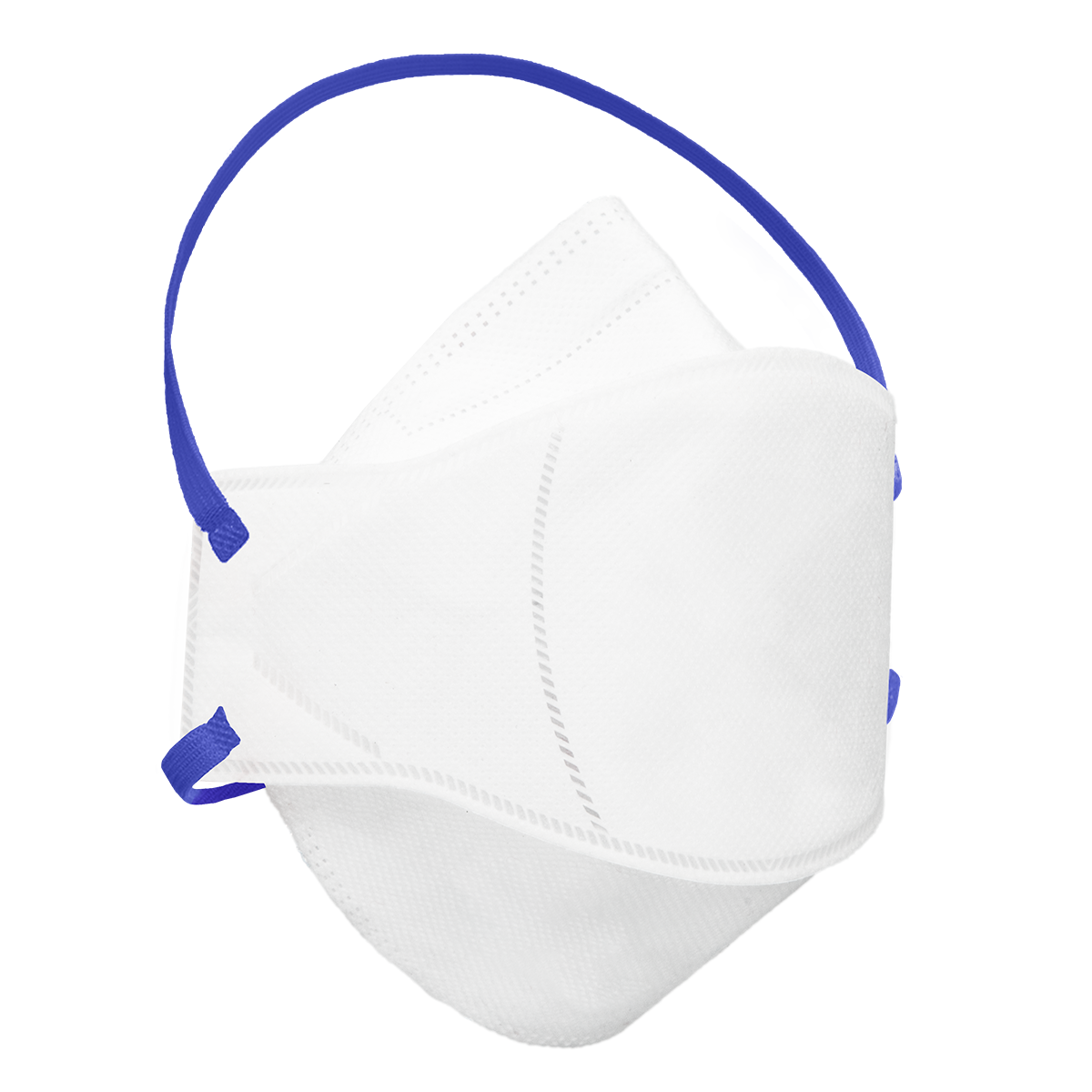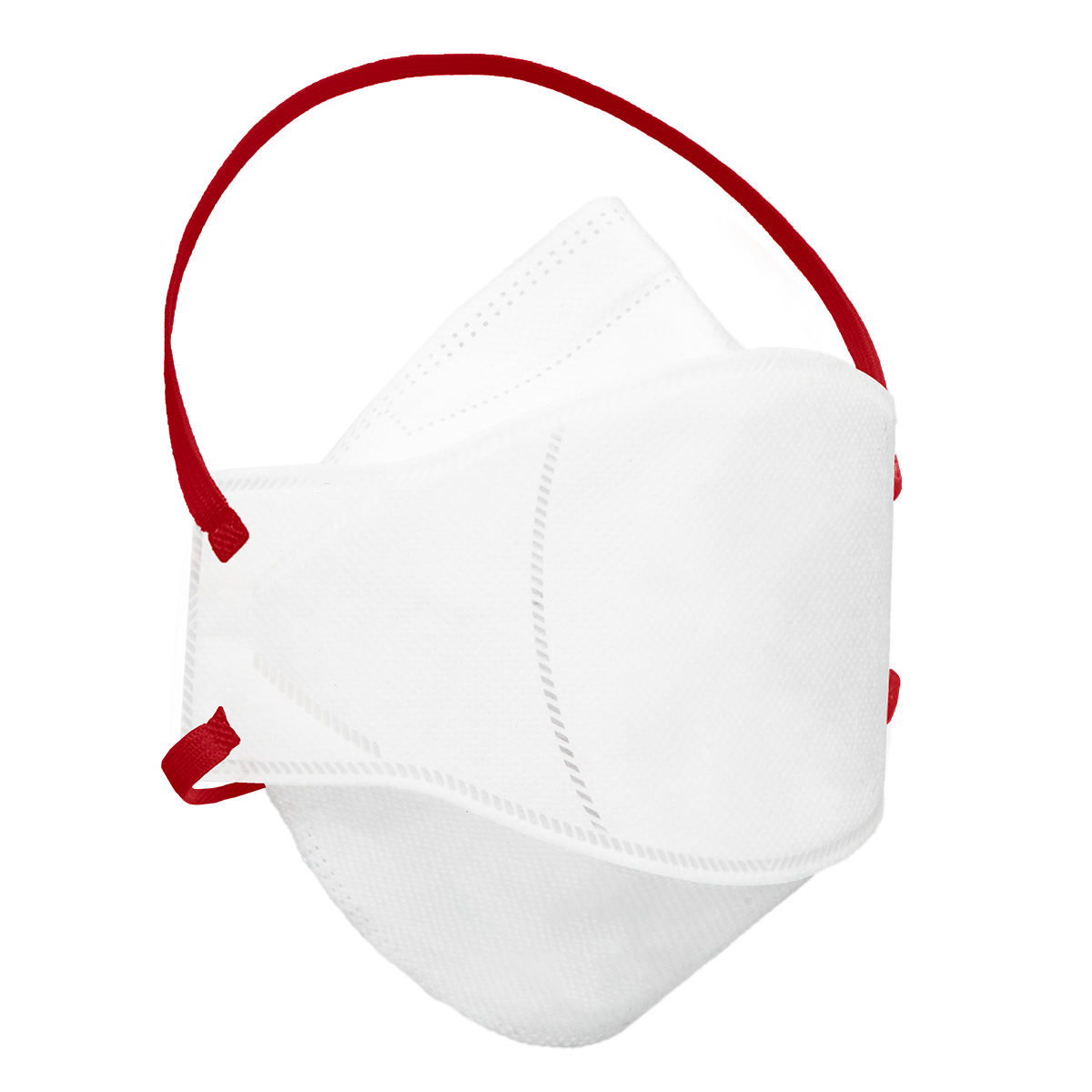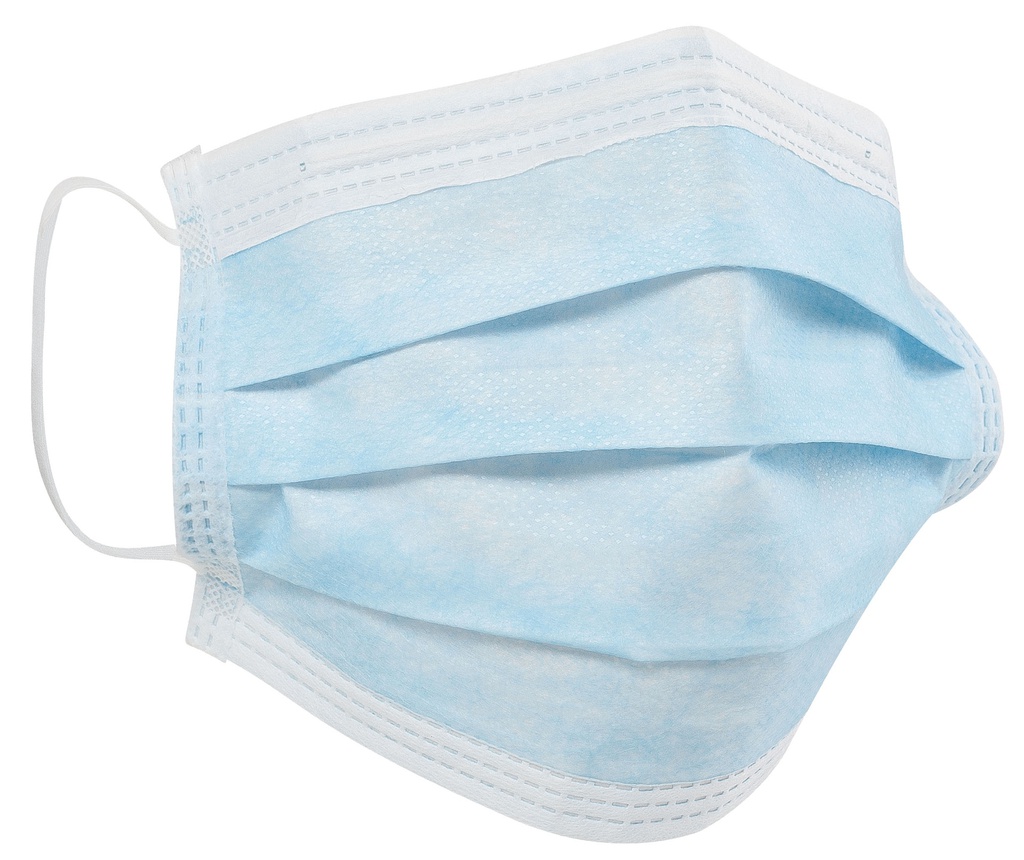Surgical Masks
Medical face masks (surgical masks/OP masks) from DACH Schutzbekleidung protect the patient and are particularly comfortable to wear thanks to high-quality raw materials. All masks are quality tested according to EN 14683. DACH Schutzbekleidung is certified as a medical device manufacturer according to EN 13485.
Content: 100 Stück (€0.03 / 1 Stück)
Content: 50 Stück (€0.04 / 1 Stück)
Content: 50 Stück (€0.03 / 1 Stück)
Content: 50 Stück (€0.06 / 1 Stück)
Content: 1000 Stück (€0.01 / 1 Stück)
Content: 50 Stück (€0.04 / 1 Stück)
Content: 25 Stück (€0.30 / 1 Stück)
Content: 25 Stück (€0.40 / 1 Stück)
Content: 600 Stück (€0.02 / 1 Stück)
Content: 1000 Stück (€0.01 / 1 Stück)
Content: 50 Stück (€0.05 / 1 Stück)
Content: 5 Stück (€0.09 / 1 Stück)
Content: 50 Stück (€0.07 / 1 Stück)
Content: 20 Stück (€5.10 / 1 Stück)
Content: 50 Stück (€0.60 / 1 Stück)
Content: 50 Stück (€0.60 / 1 Stück)
Content: 50 Stück (€0.60 / 1 Stück)
Content: 50 Stück (€0.60 / 1 Stück)
Content: 50 Stück (€0.60 / 1 Stück)
Content: 50 Stück (€0.56 / 1 Stück)
Content: 50 Stück (€0.76 / 1 Stück)
Content: 3 Stück (€0.81 / 1 Stück)
Content: 20 Stück (€4.95 / 1 Stück)
Content: 20 Stück (€5.00 / 1 Stück)
Content: 20 Stück (€5.20 / 1 Stück)
Content: 50 Stück (€0.78 / 1 Stück)
Content: 50 Stück (€0.90 / 1 Stück)
Content: 50 Stück (€0.02 / 1 Stück)
Content: 50 Stück (€0.25 / 1 Stück)
Content: 50 Stück (€0.33 / 1 Stück)
Different terms for medical masks
Medical masks (which are also called “surgical masks” or “surgical masks” or simply “mouth-nose protection”) are referred to as “medical face masks” according to the relevant technical standard EN 14683 .
Medical products
High-quality medical face masks conforming to EN 14683 are Class I (low-risk) medical devices, primarily intended to protect the patient from germs of the wearer.
A genuine medical face mask can be recognised by the fact that the EN 14683 standard and the respective type class are mentioned on the packaging and a CE mark is also attached. If one of these three features is missing, it is not a medical face mask but just a simple mouth-nose protection that does not have to meet any specific requirements, especially not with regard to bacterial filtering performance.
Even a medical face mask can be recognised by the fact that it has the EN 14683 standard and the relevant type class on the packaging, and that it also has a CE mark.
Even in pharmacies, masks are sold that look like a medical face mask but have only limited protection and do not comply with the requirements of EN 14683. Therefore, look for the CE mark and the specification of the standard!
What types of medical masks are there?
Medical face masks come in three types:
- Type I
- Type II
- Type IIR
Type I or Type II?
Type I and Type II medical masks differ in bacterial filtration performance. Type I medical face masks are not intended for use by healthcare professionals. They should only be used to reduce the risk of spread of infections particularly in epidemic or pandemic situations.
Type II or Type IIR?
The type IIR medical mask also protects the wearer from splashes of contaminated fluids. In our laboratory, we spray our products with artificial blood for testing purposes to check penetration resistance.
How do different medical masks of the same type differ?
At first glance, a surgical mask looks like any other. But there are significant differences. The quality is evident in the wearing comfort, which depends on the quality of the raw materials used but also on the construction.
Surgical masks come with ear loops made of folded non-woven fabric, which are usually not very comfortable. Usually a knitted material with a spandex content is used. Depending on the quality and length of the ear loop, the wearing sensation on the ear is more or less comfortable.
The material that lies against the skin is also more or less flattering to the skin. Some masks fluff, especially for beard wearers, which reduces wearing comfort.
Requirements of the EN 14683 standard
The EN 14683 defines the bacterial filtration efficiency (BFE) that a medical face mask must provide. At the same time, the mask must not interfere too much with breathing. Therefore, there are requirements for breathability, which is defined as the maximum pressure difference. It is also regulated how high the microbiological purity of a surgical mask should be. Since it is worn directly on the face, there are maximum limits for germ contamination. Sterility is only required for surgical masks that are explicitly labelled as such. Biocompatibility must also be tested, i.e. skin compatibility.
The technical standard EN 14683 divides medical face masks into three type classes, which must fulfil various requirements:
| Test | Type I | Type II | Type IIR |
| Bacterial filtration efficiency (BFE), (%) | ≥ 95 | ≥ 98 | ≥ 98 |
| Pressure difference (Pa/cm2) | < 40 | < 40 | < 60 |
| Spray resistance pressure | absent | absent | ≥ 16.0 |
| Microbiological purity (CFU/g) | ≤ 30 | ≤ 30 | ≤ 30 |

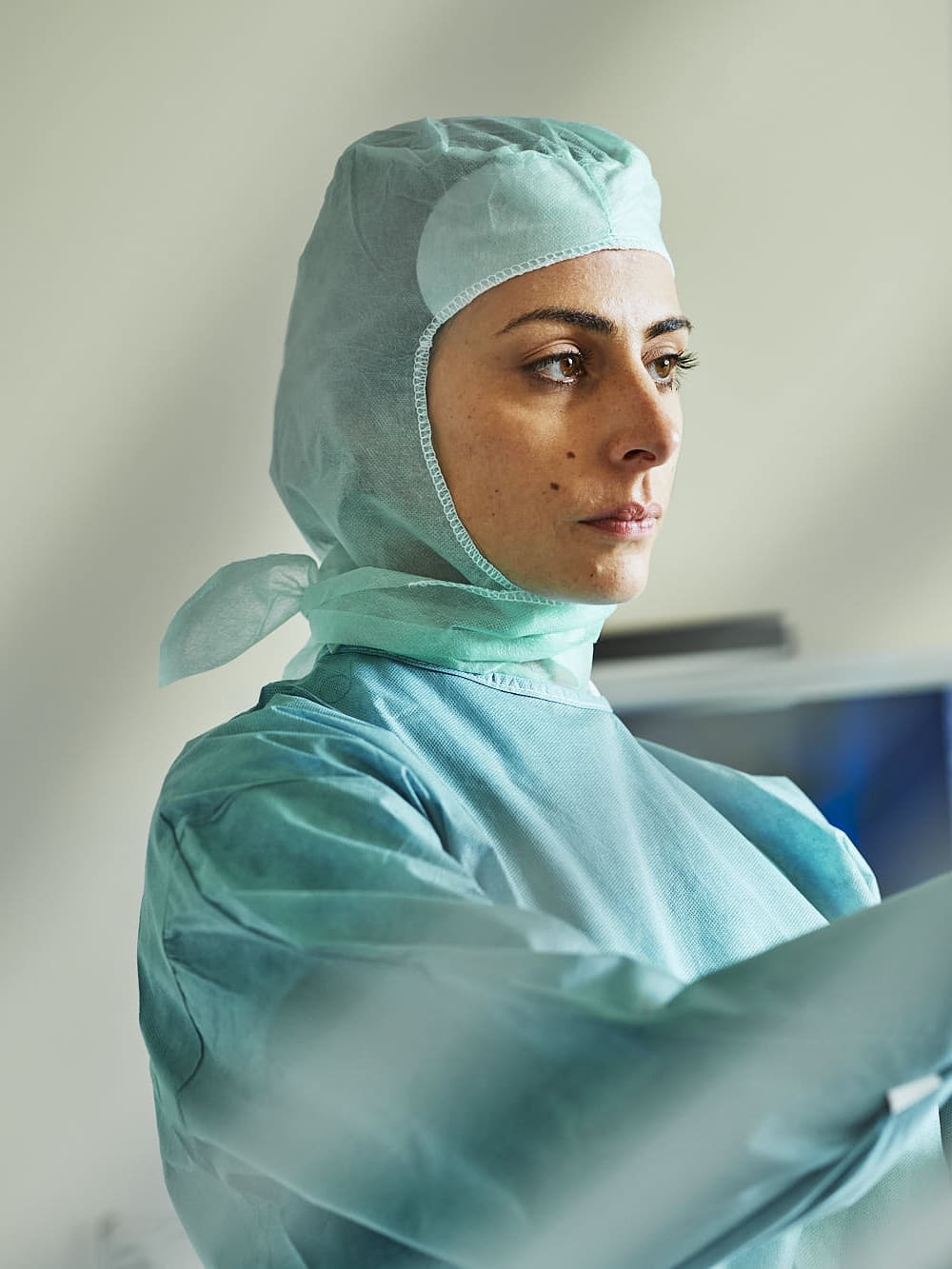
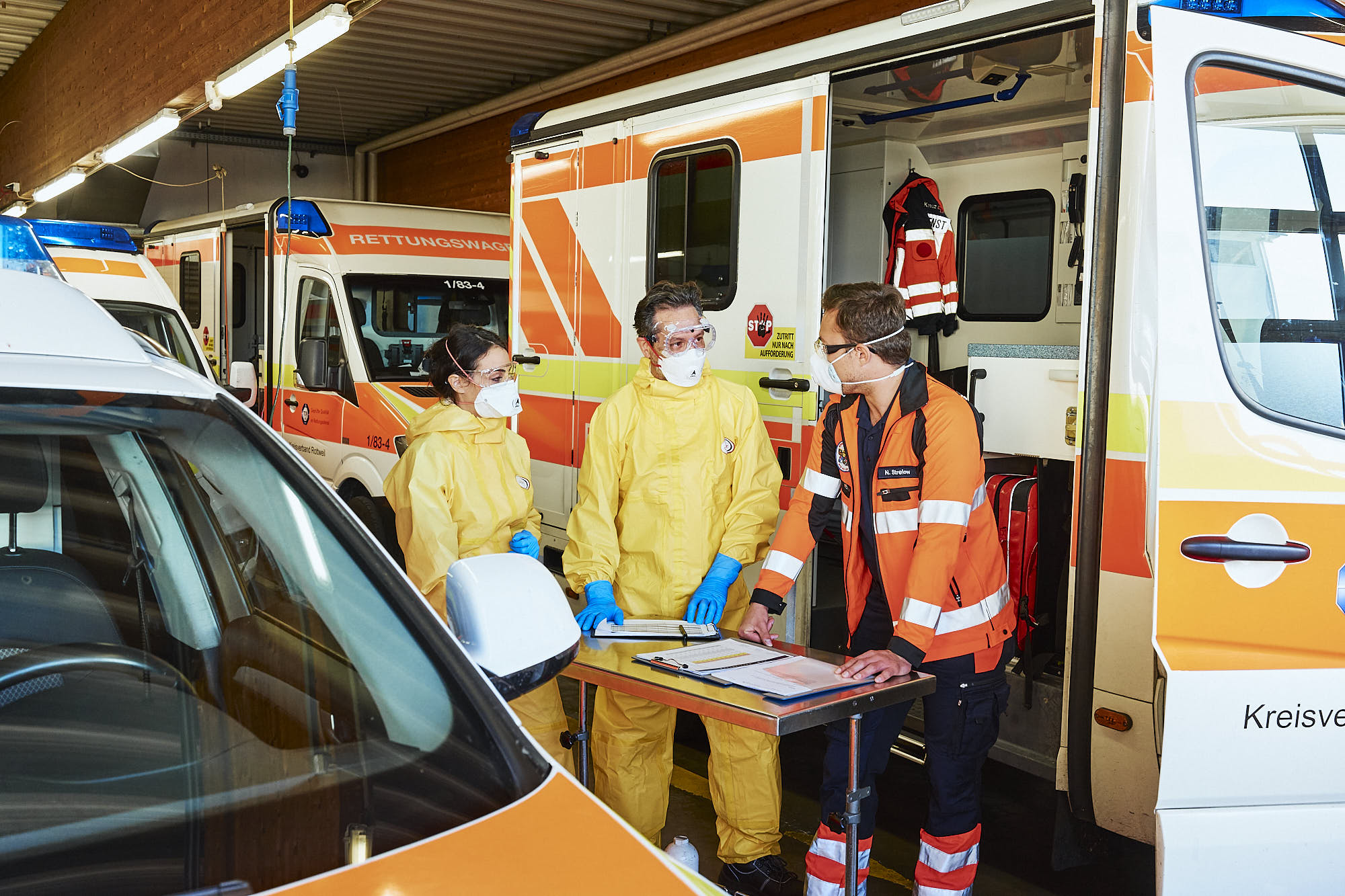
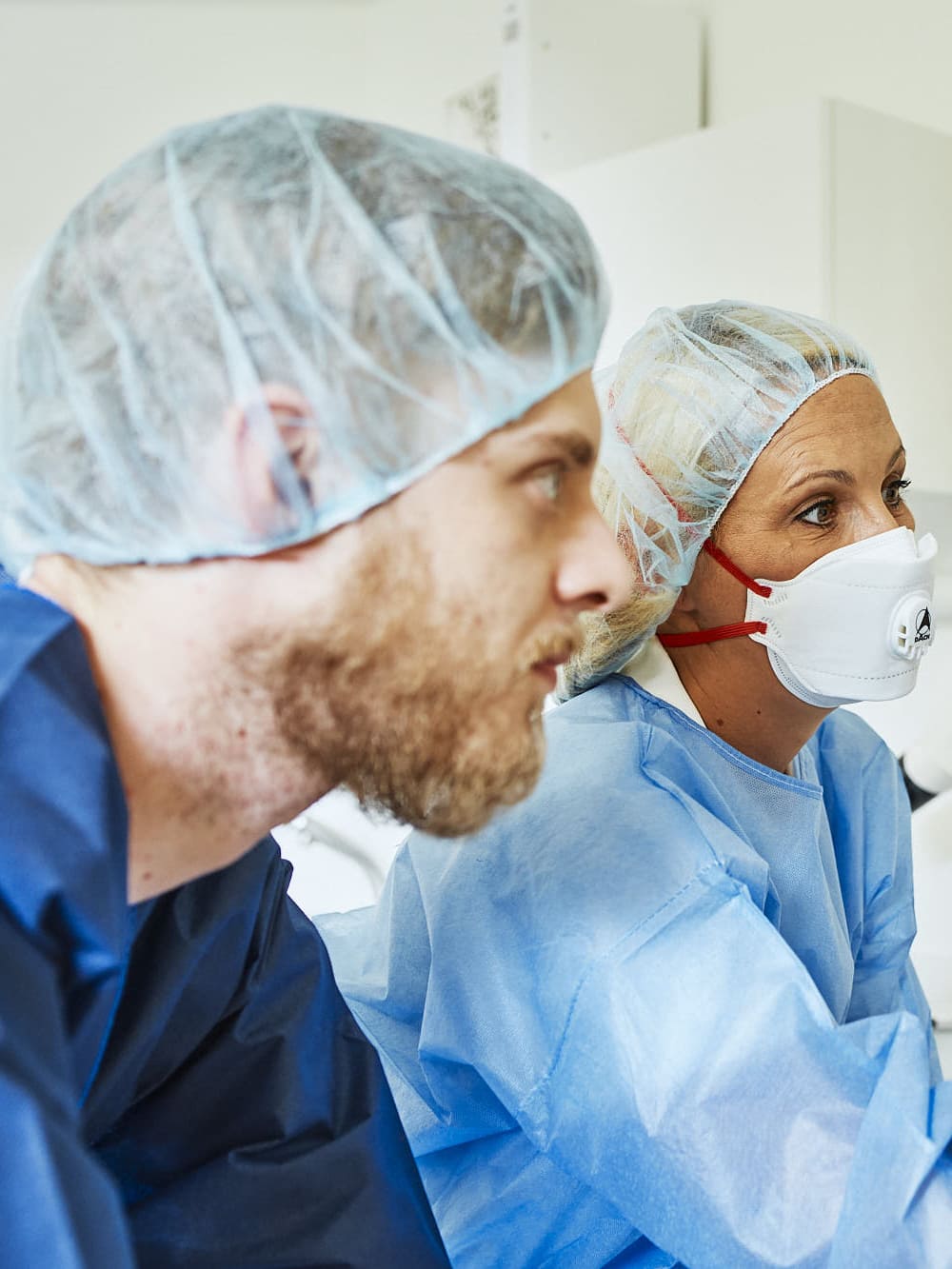
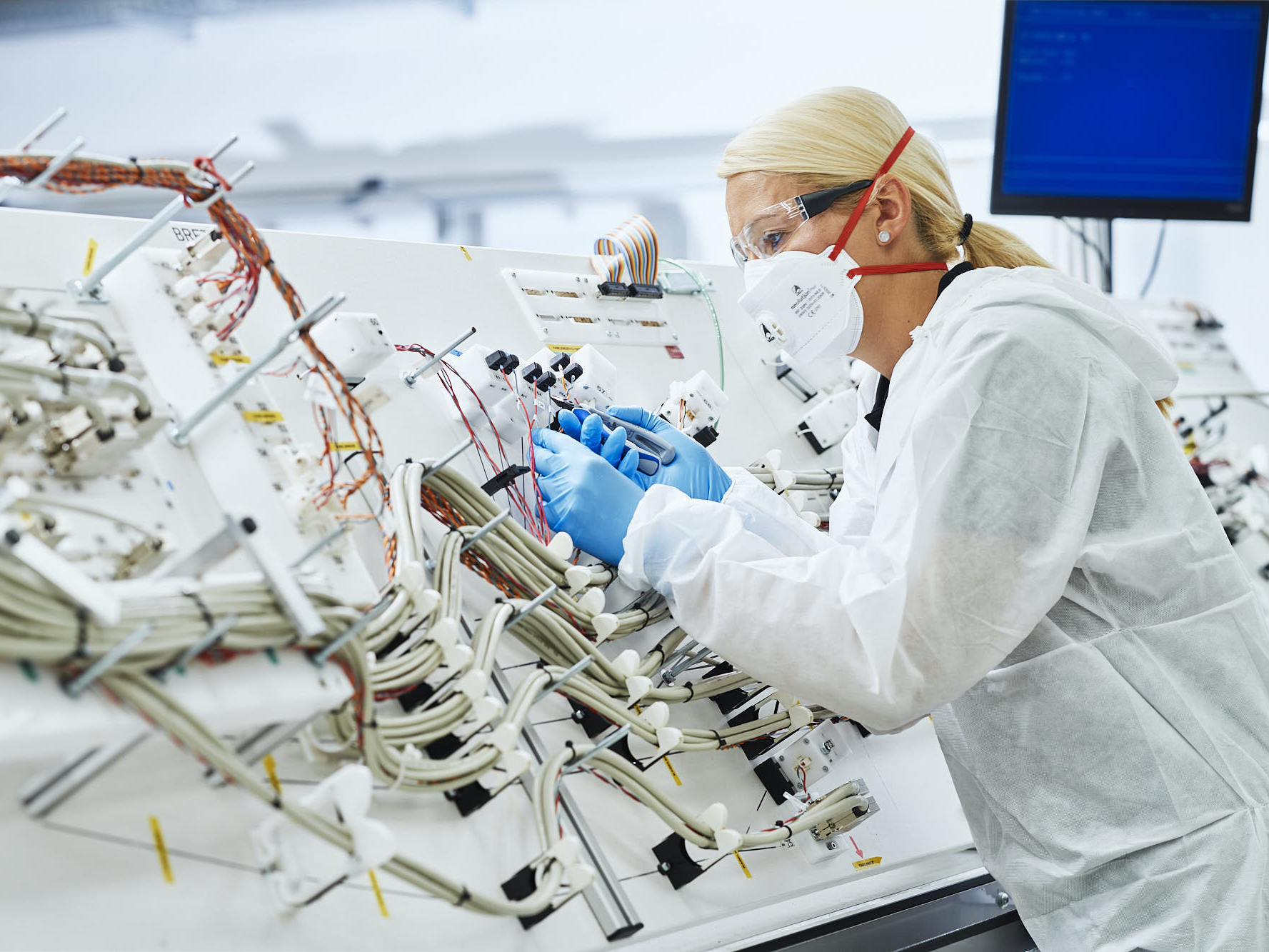
.jpg)

.jpg)
.jpg)

